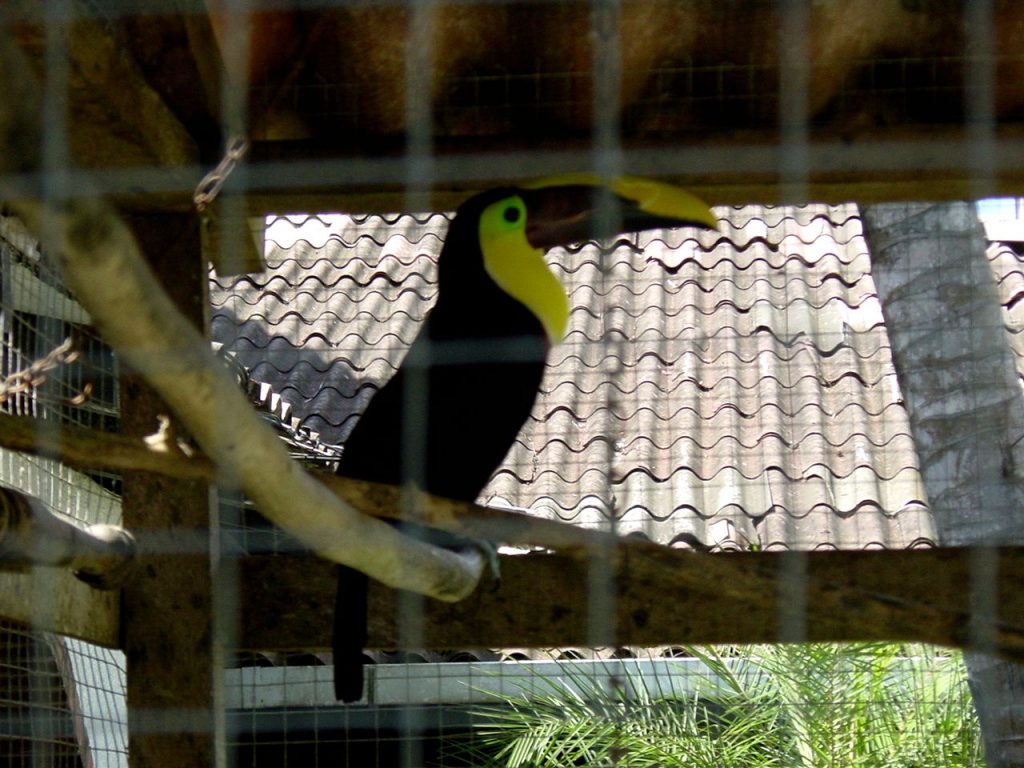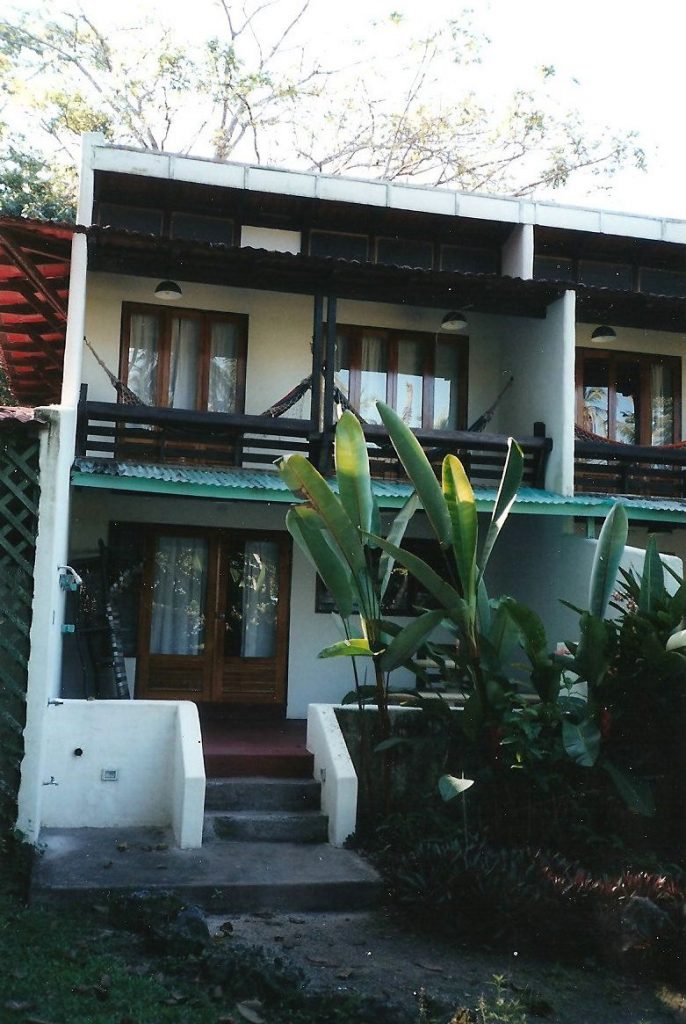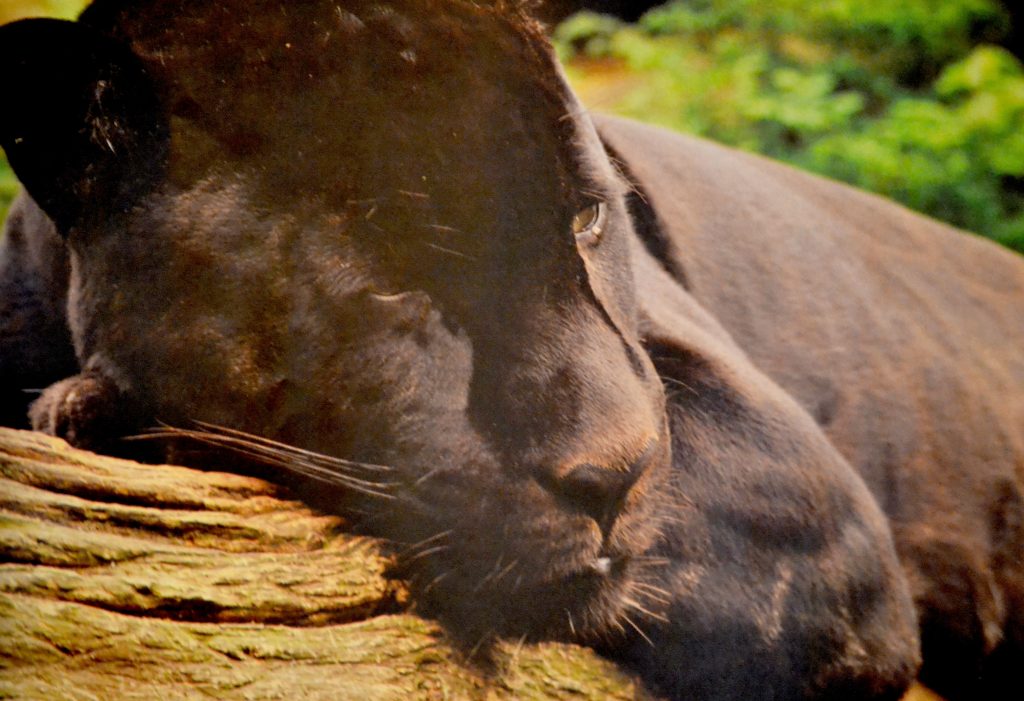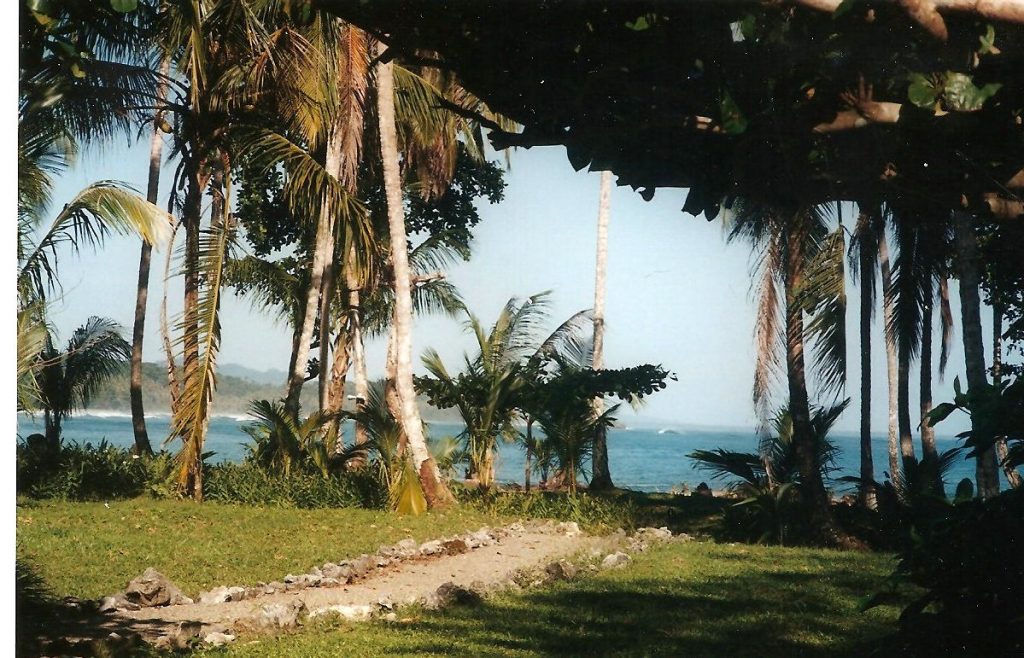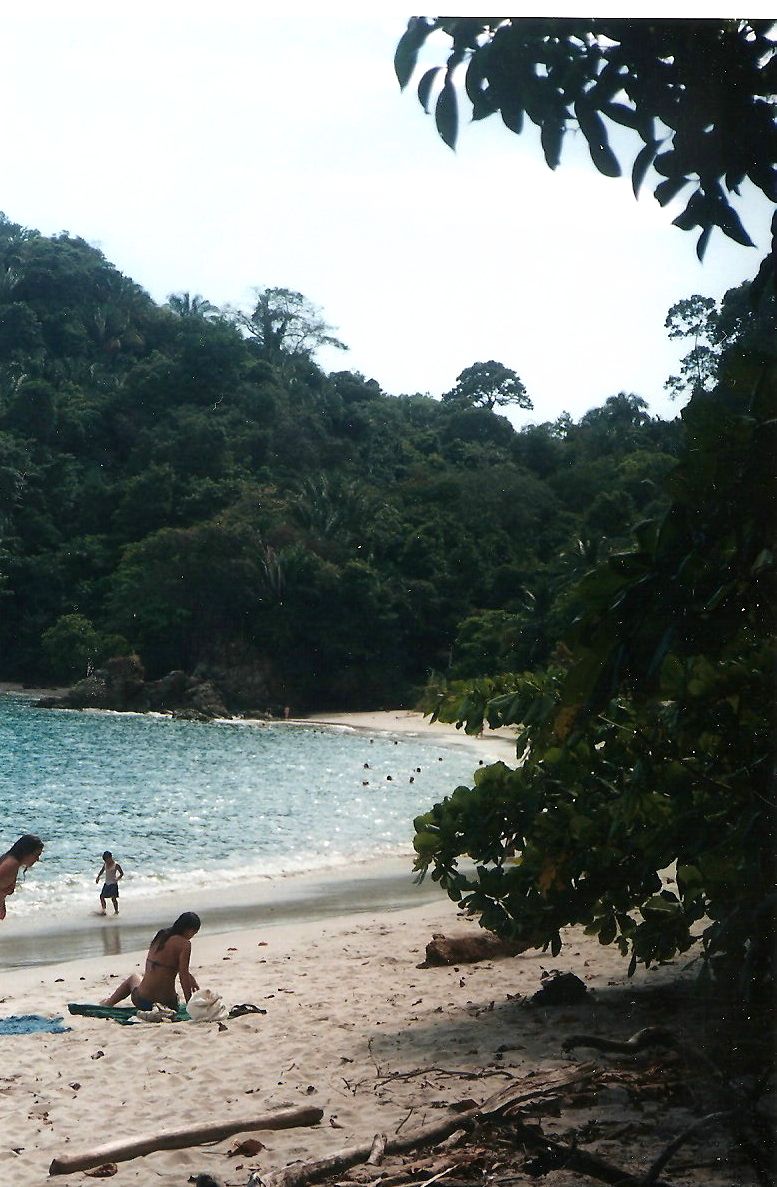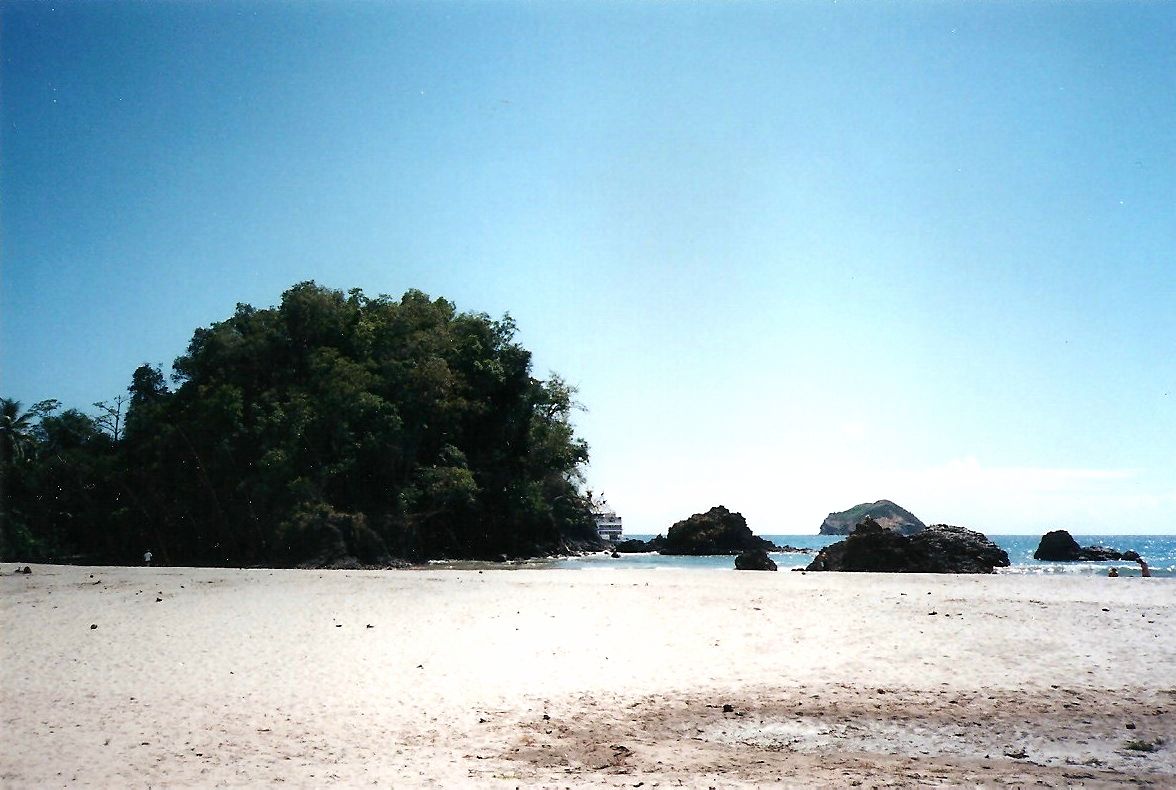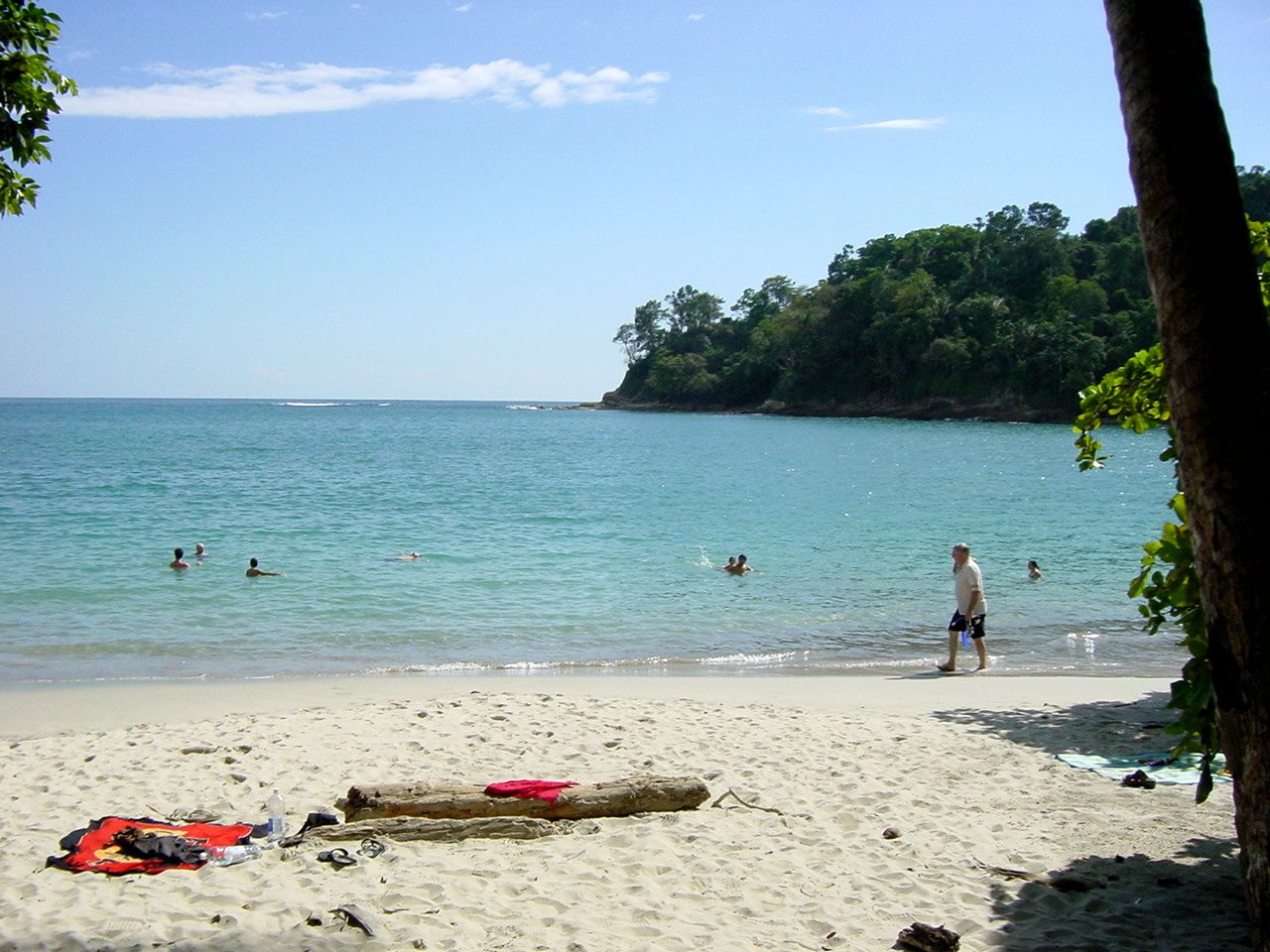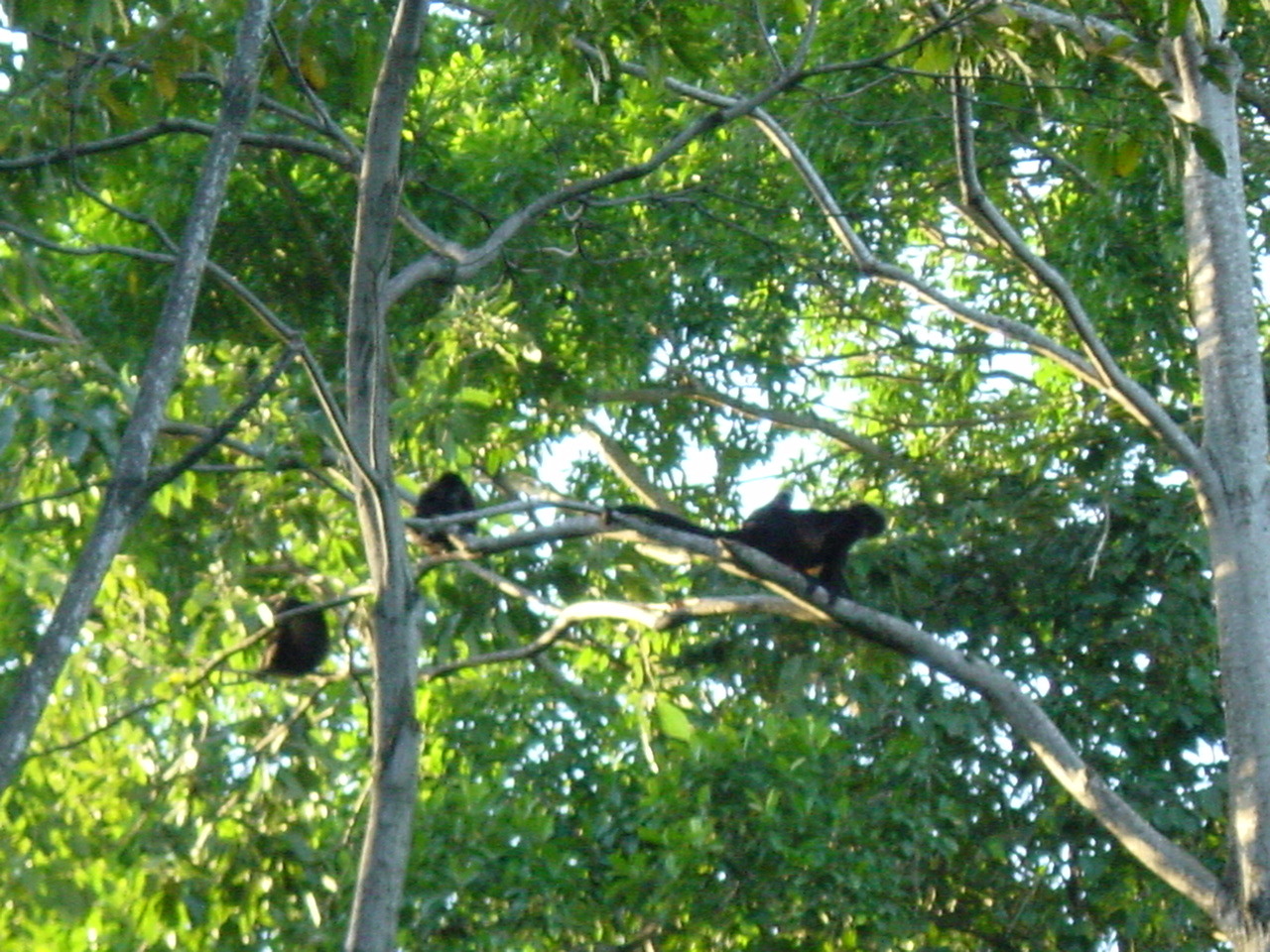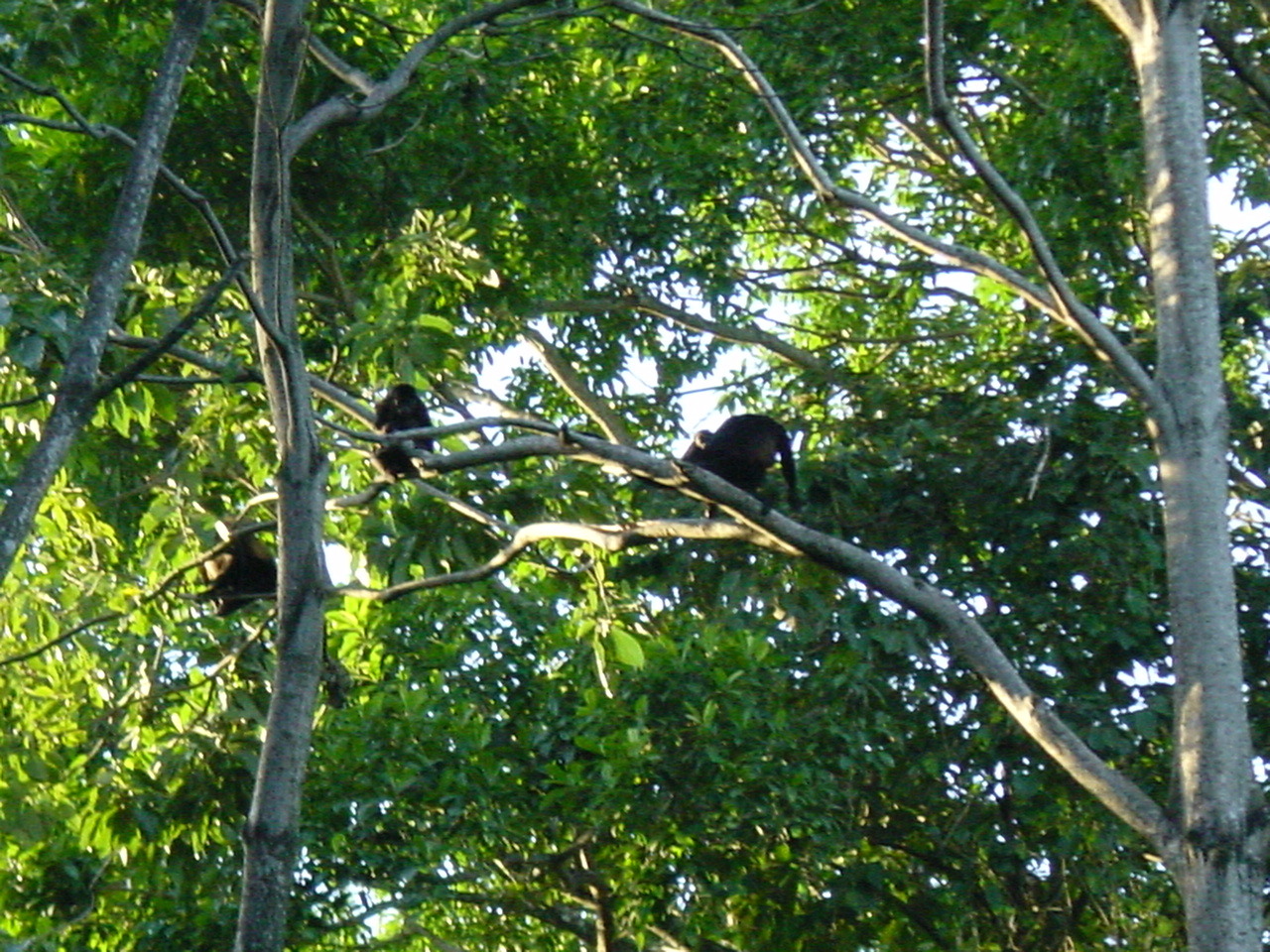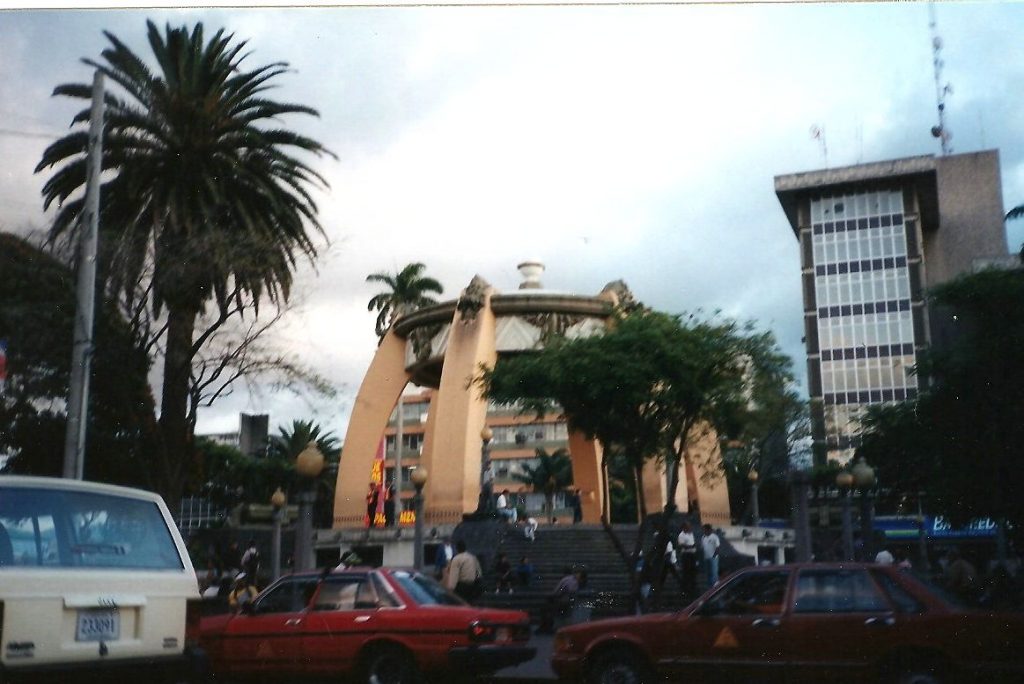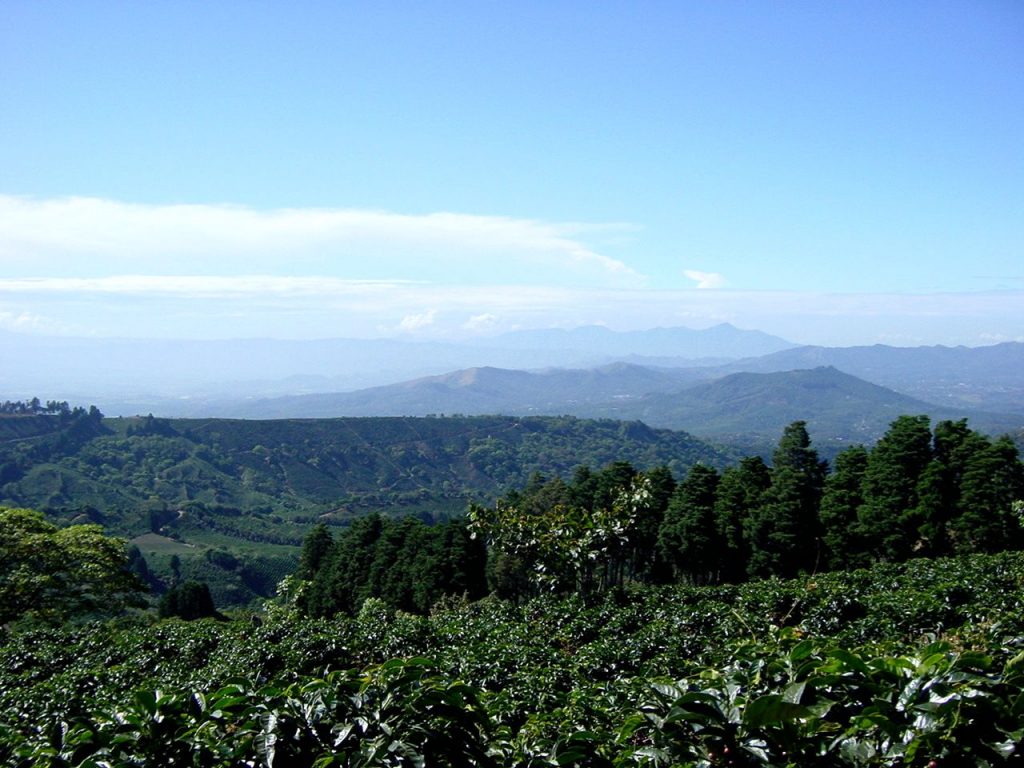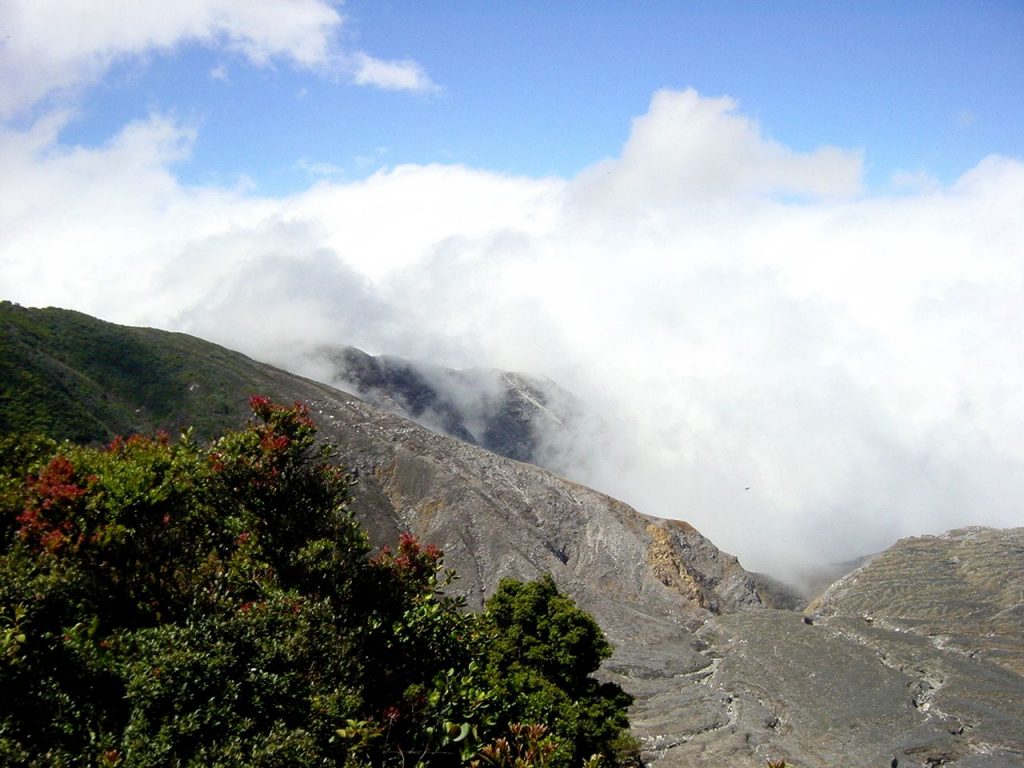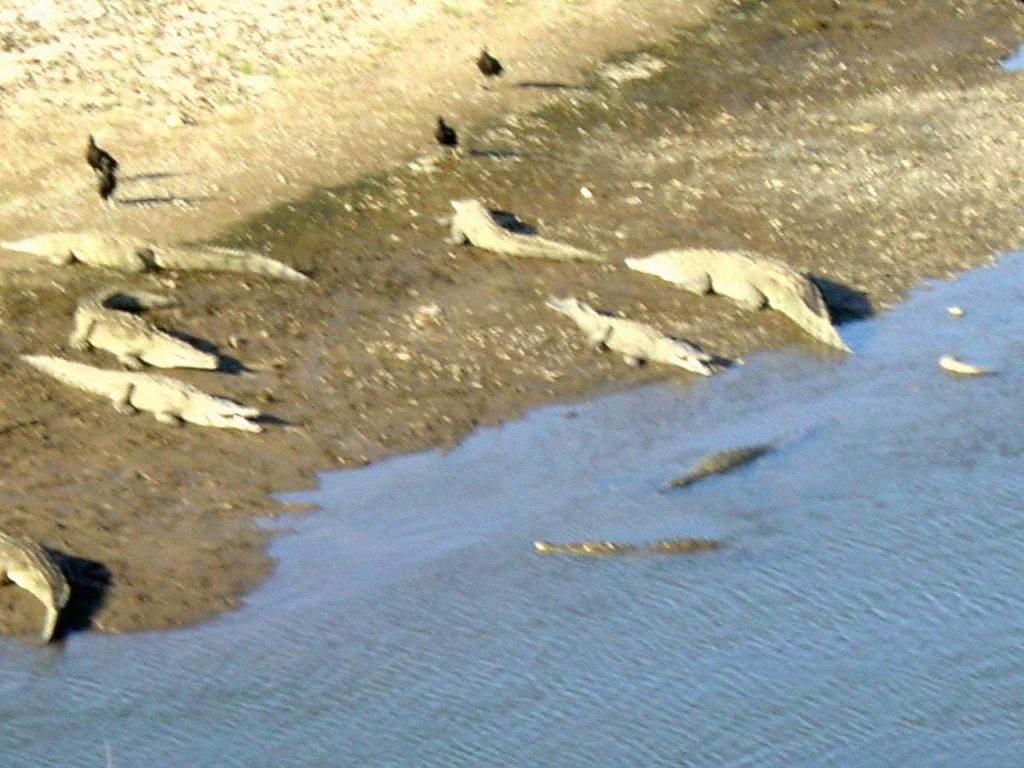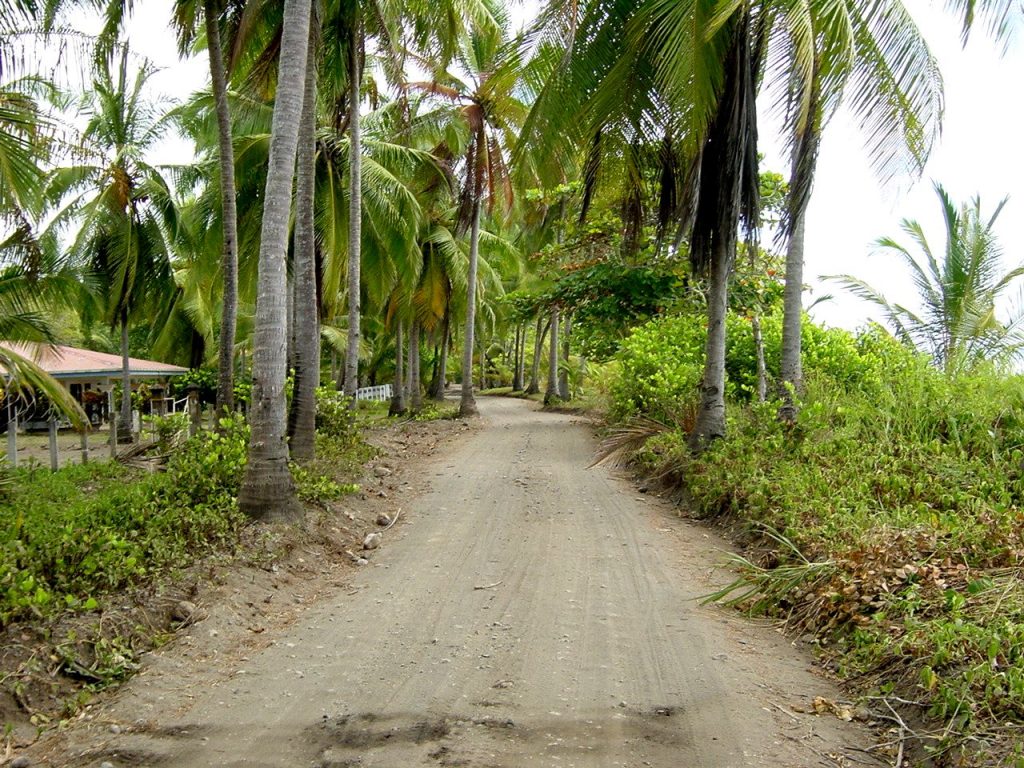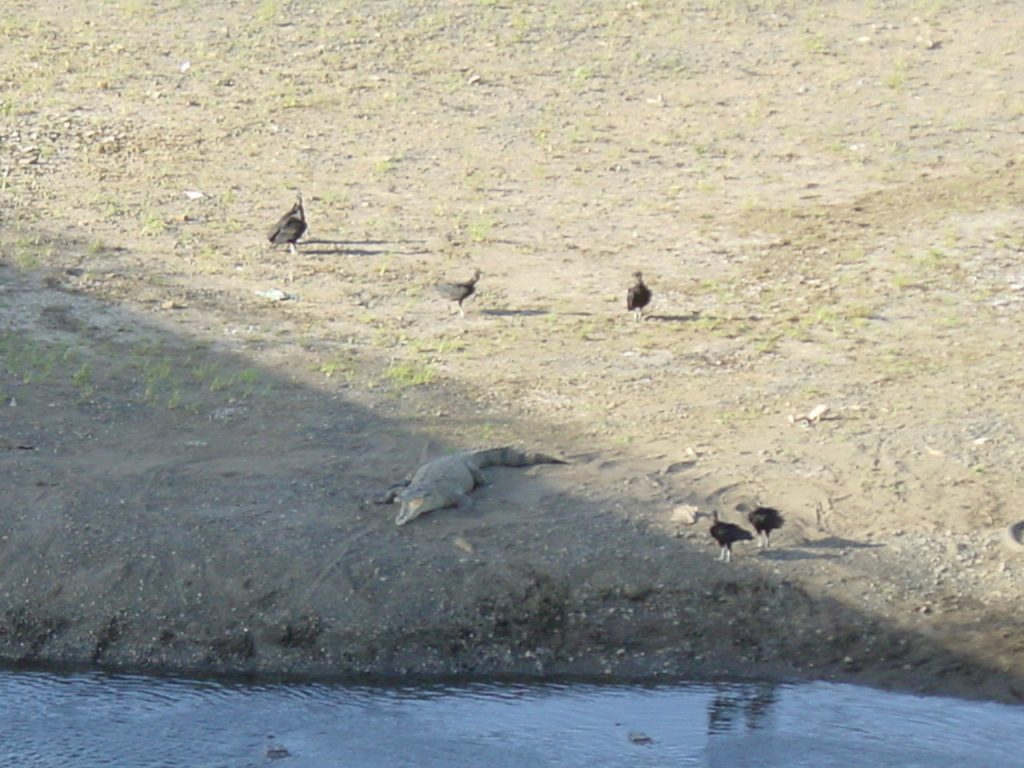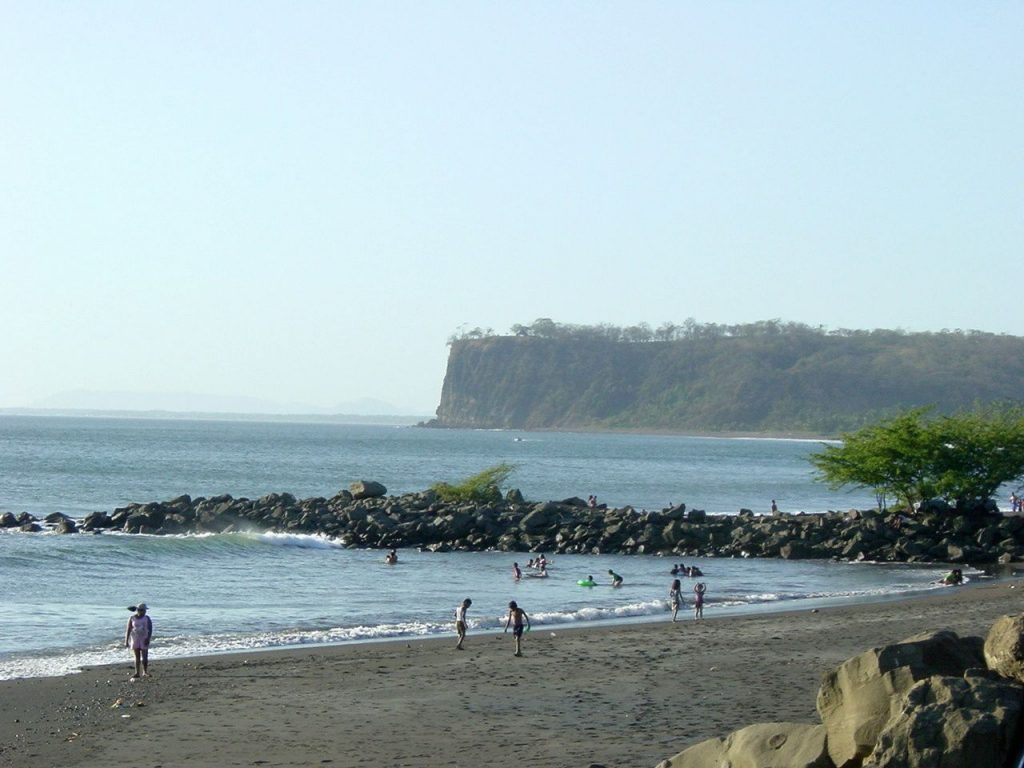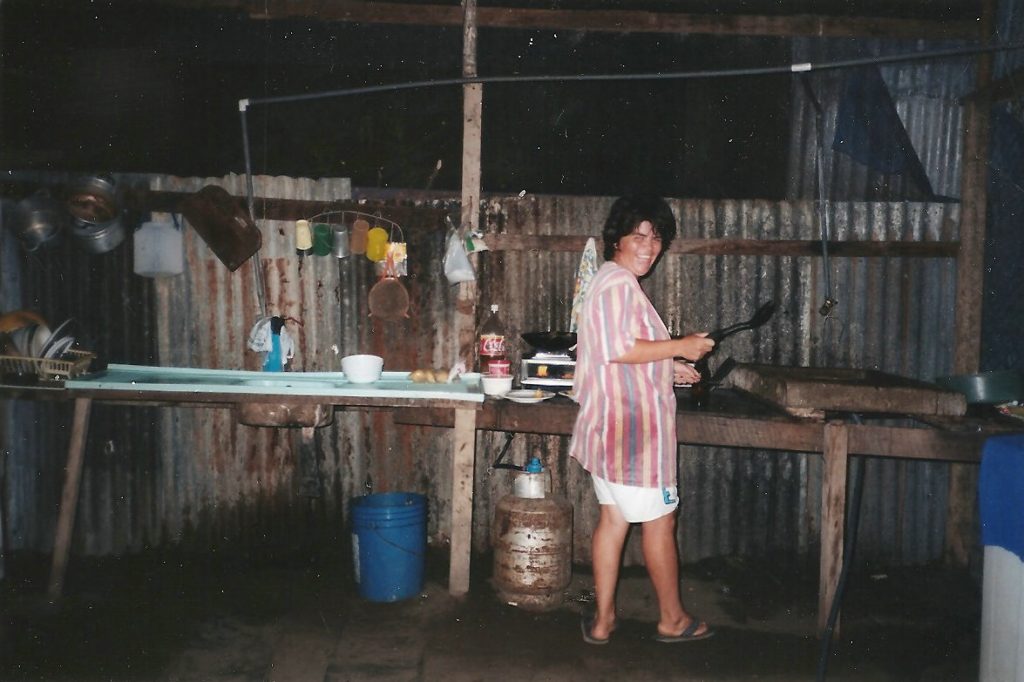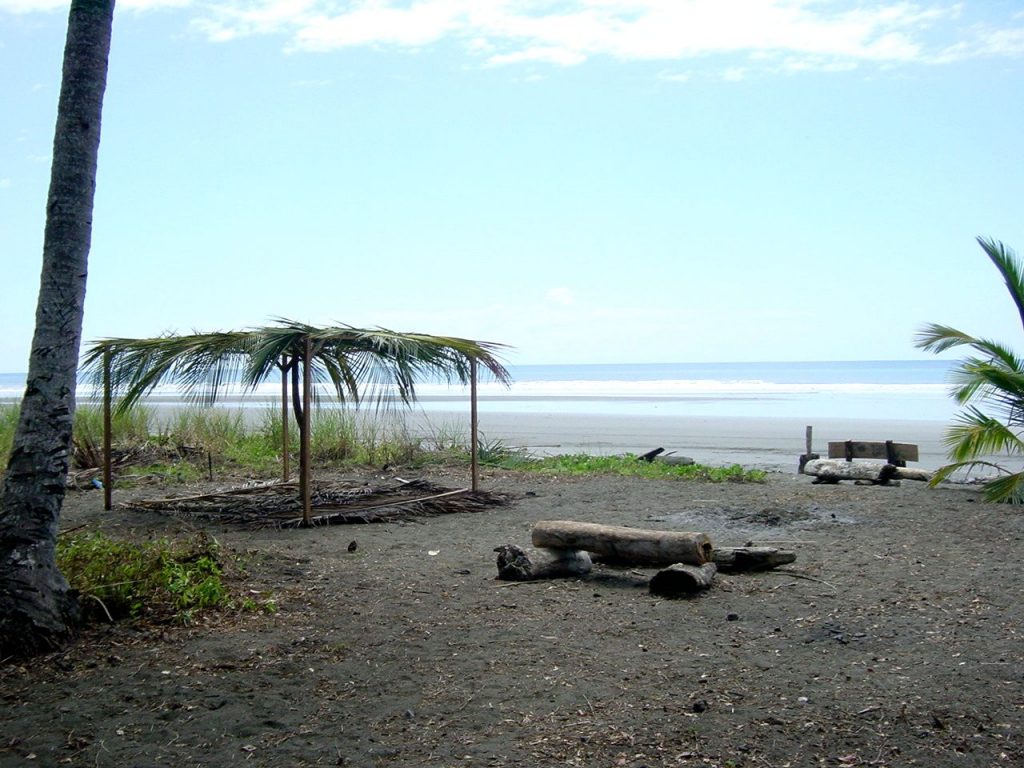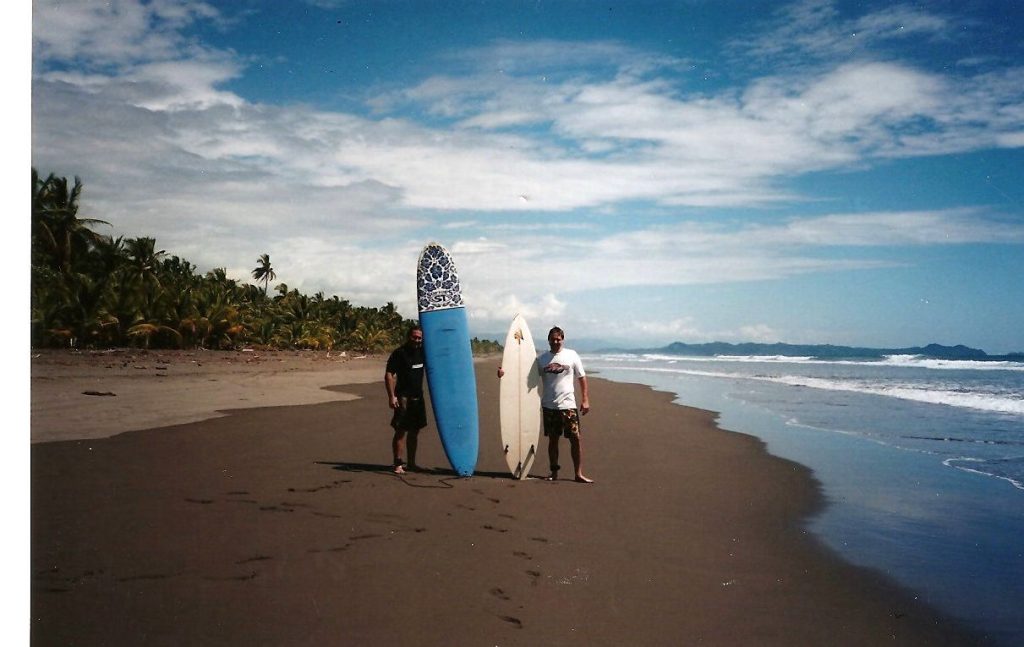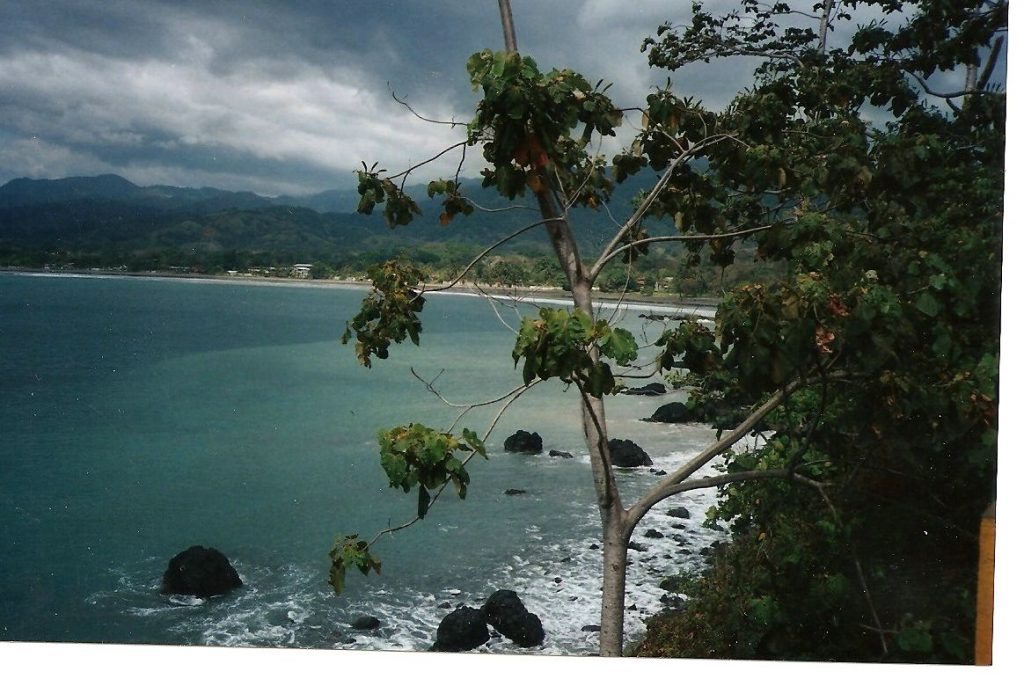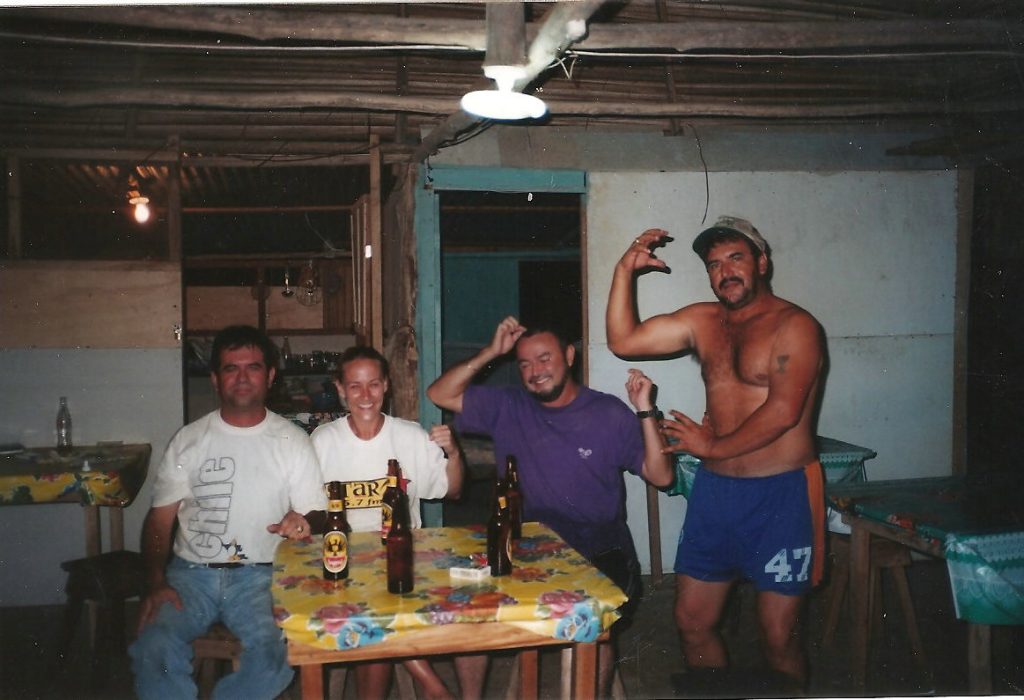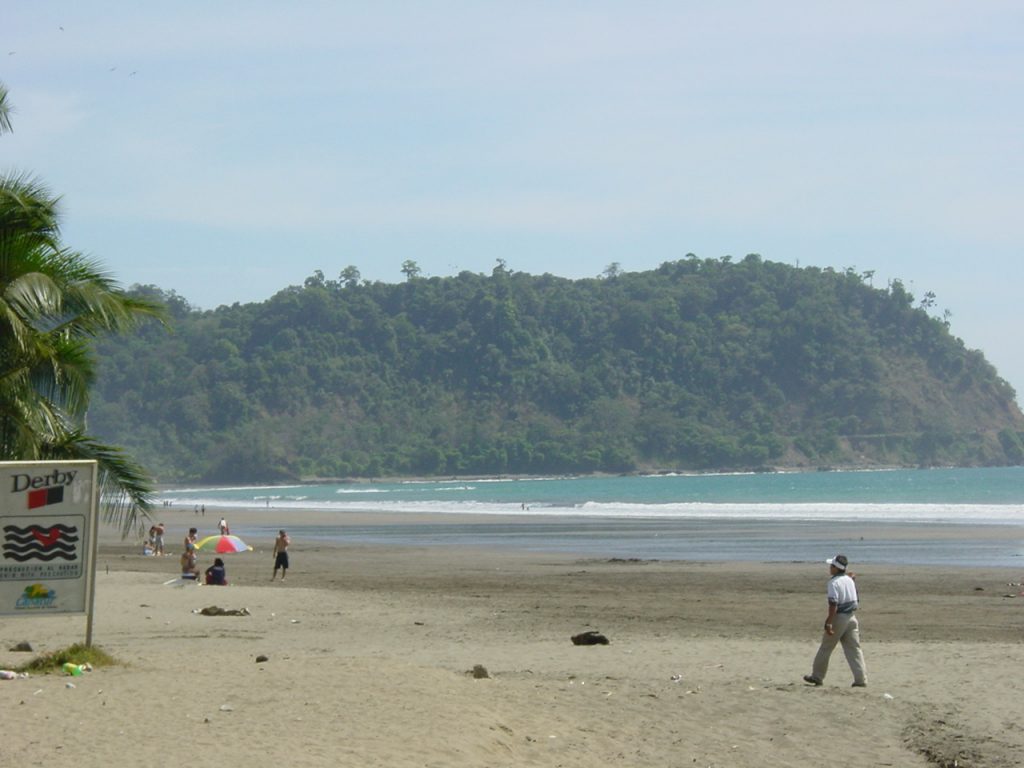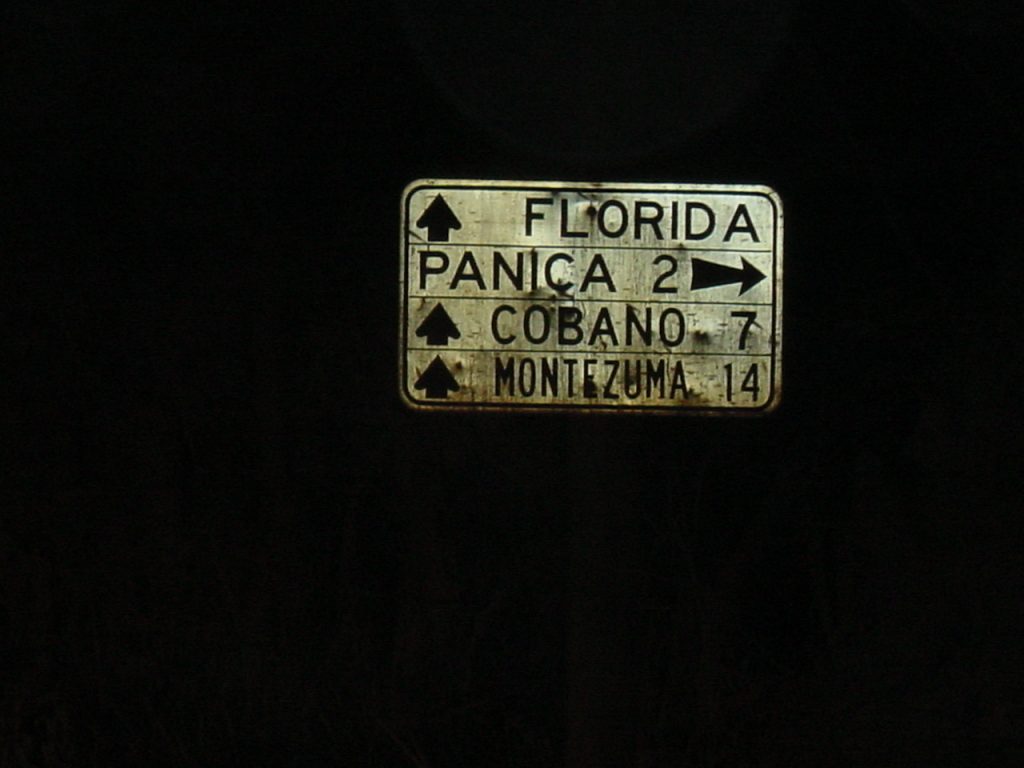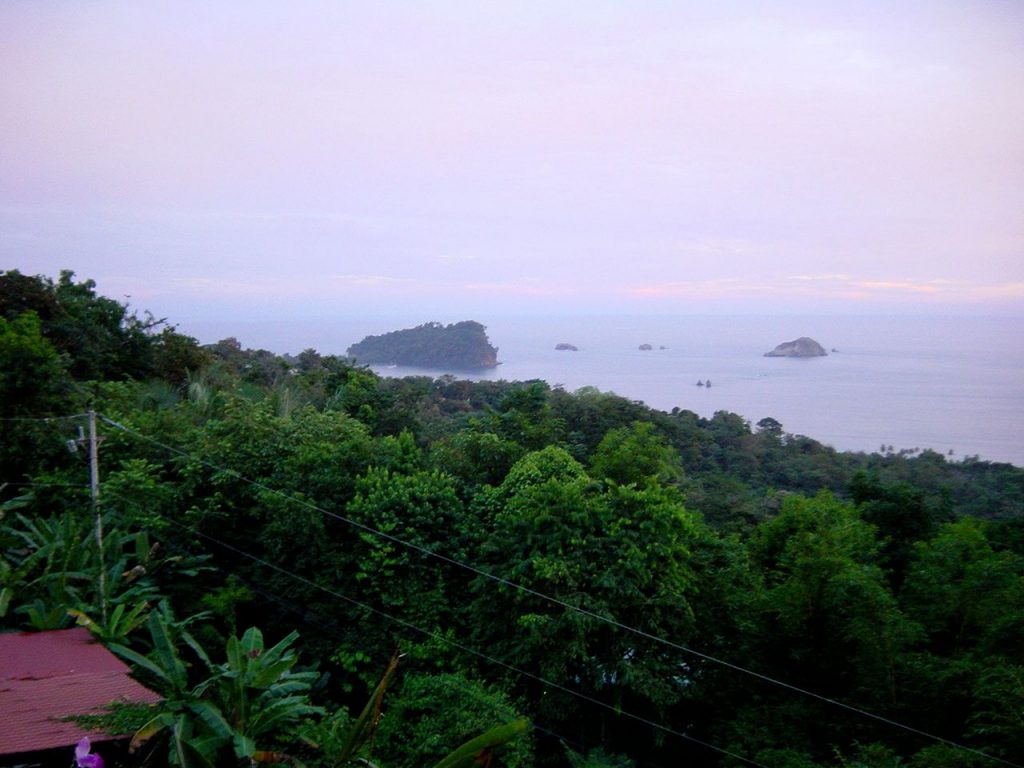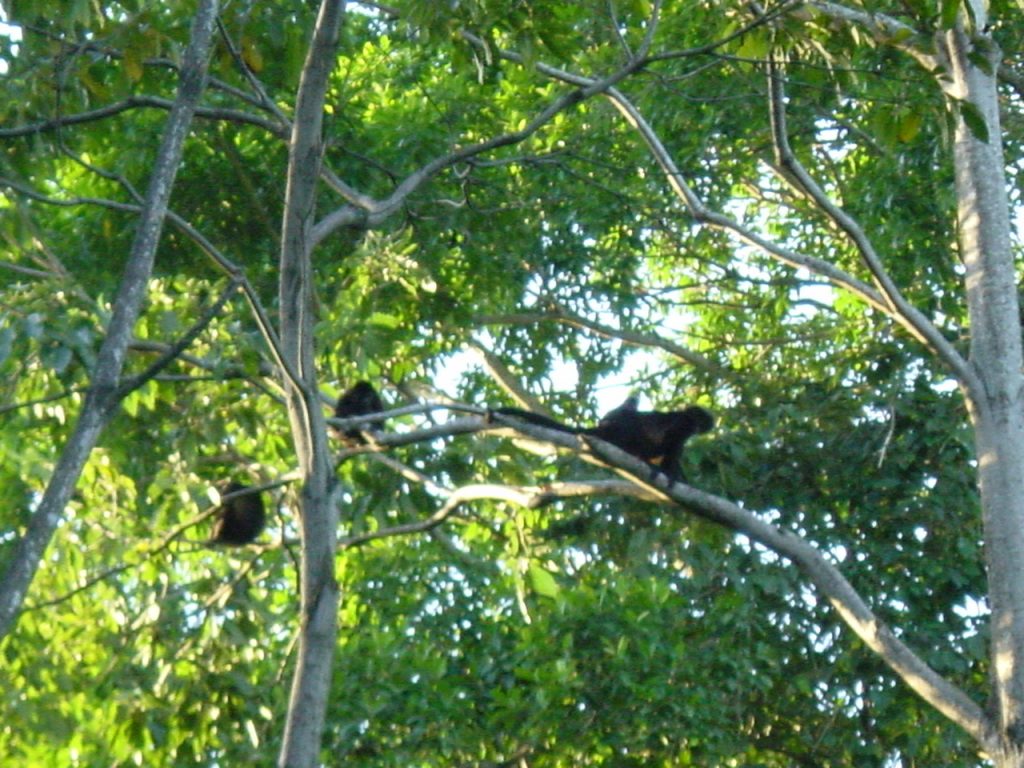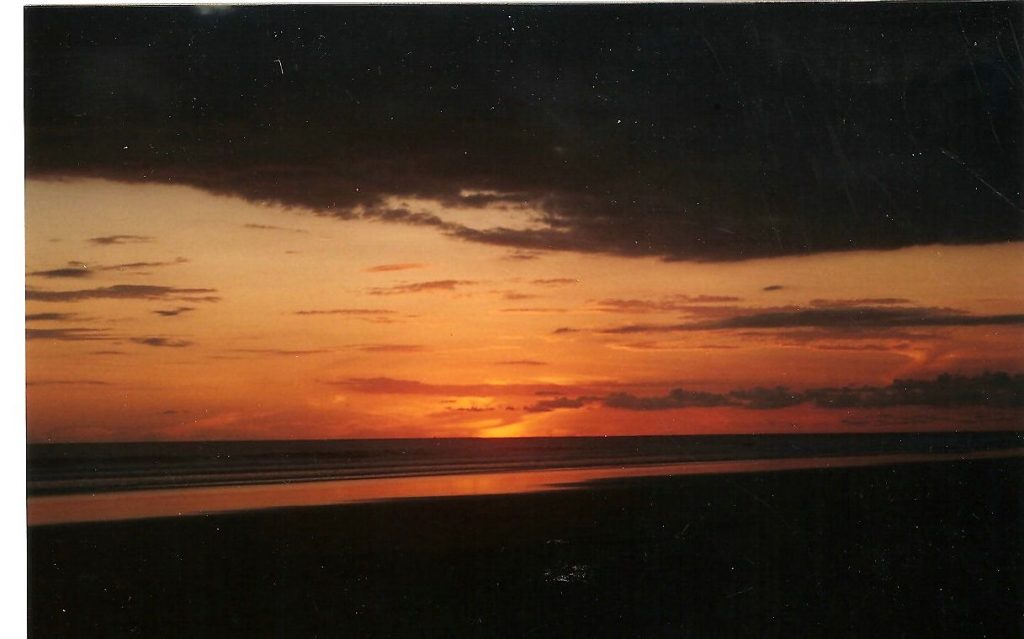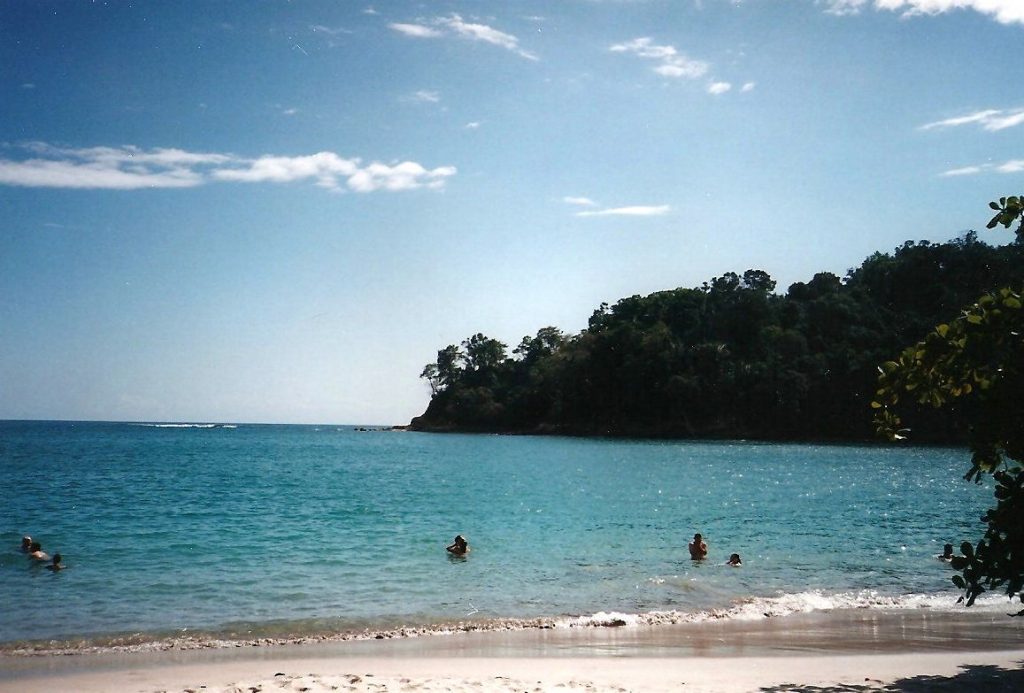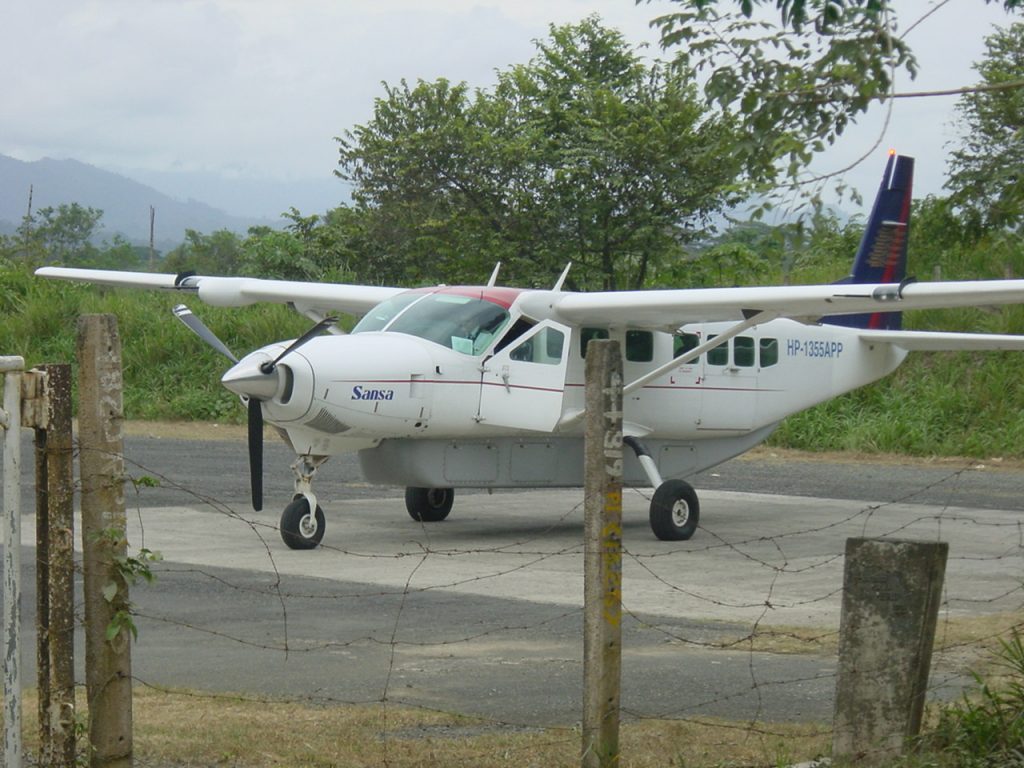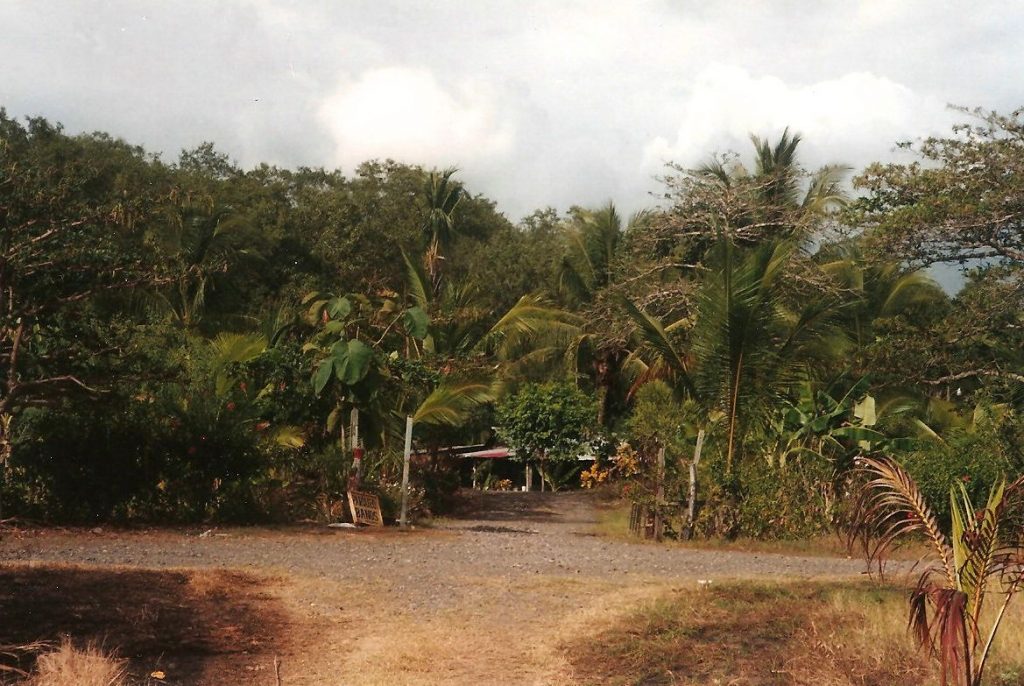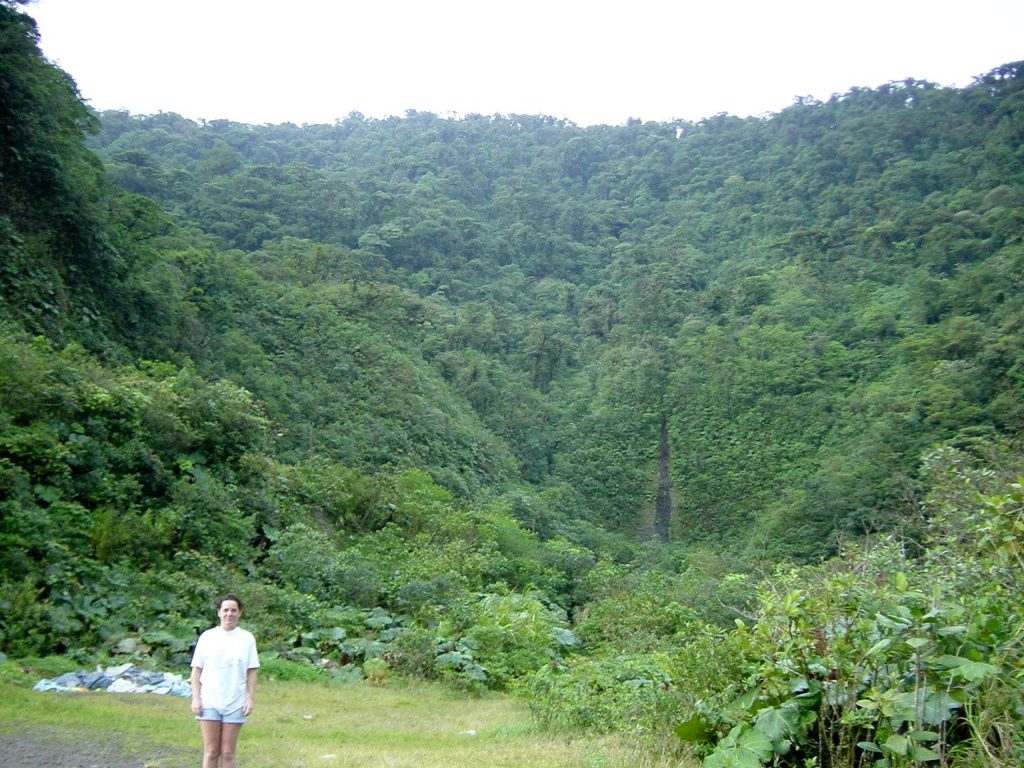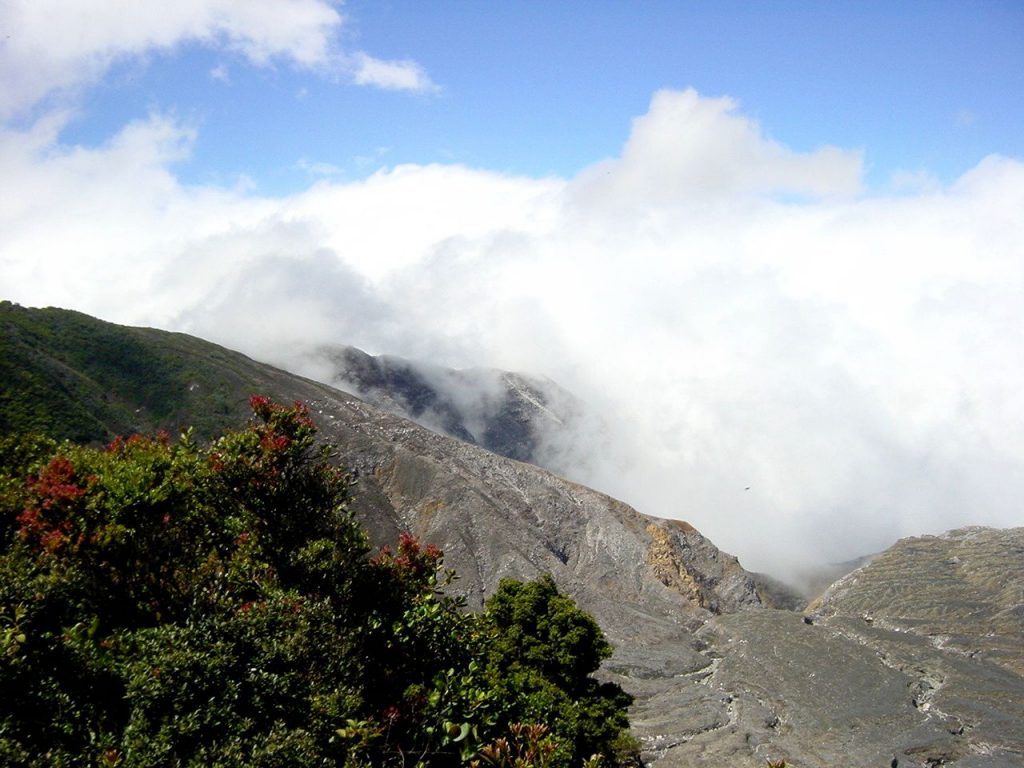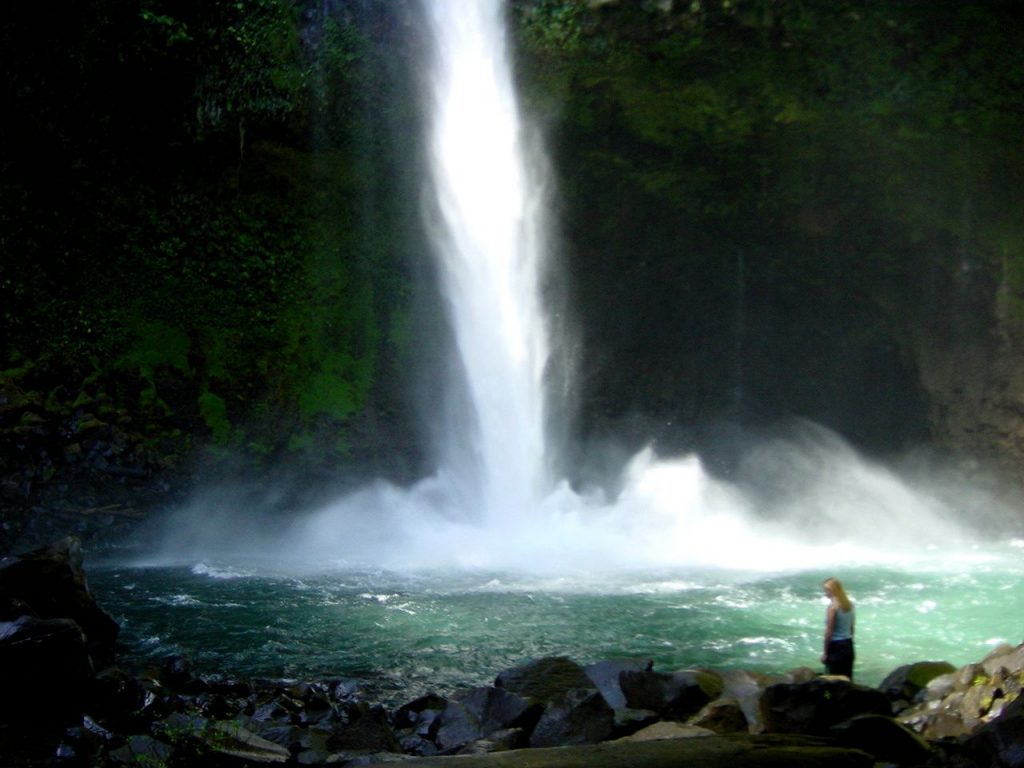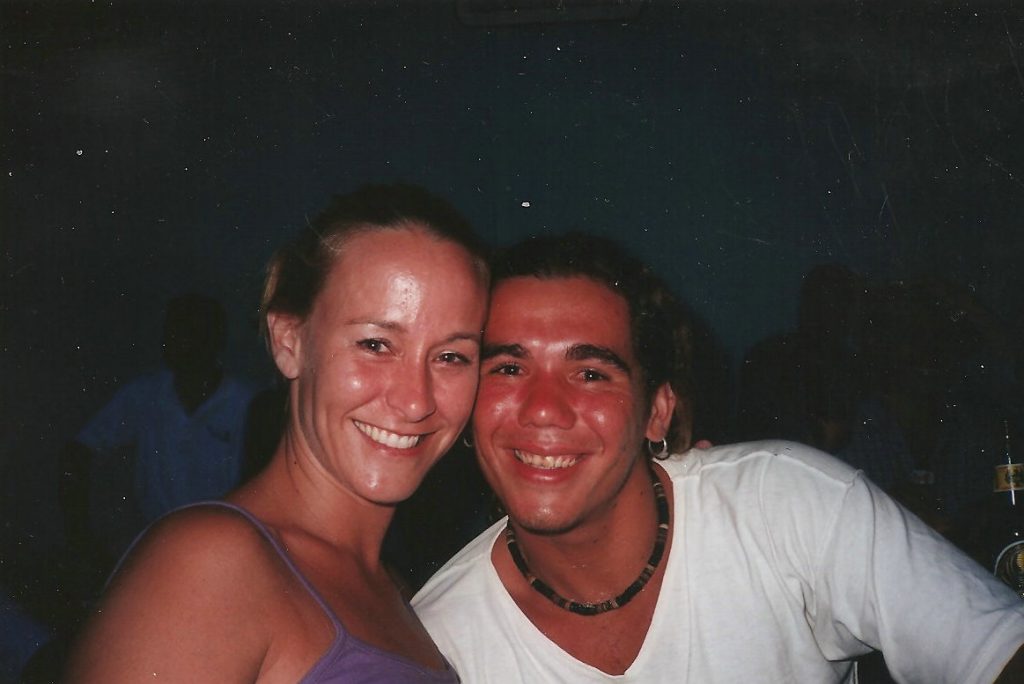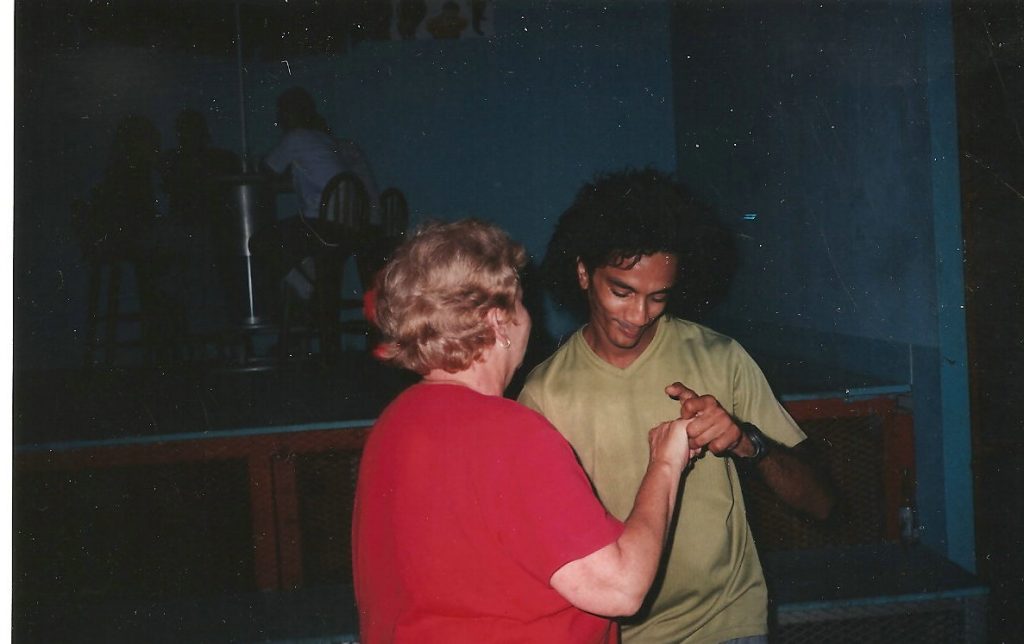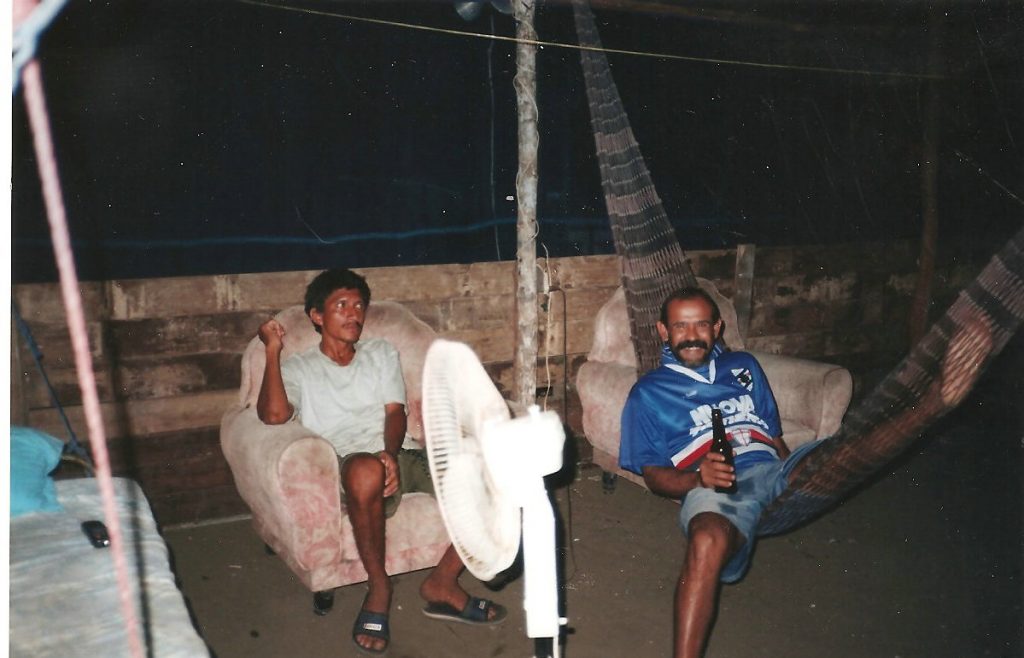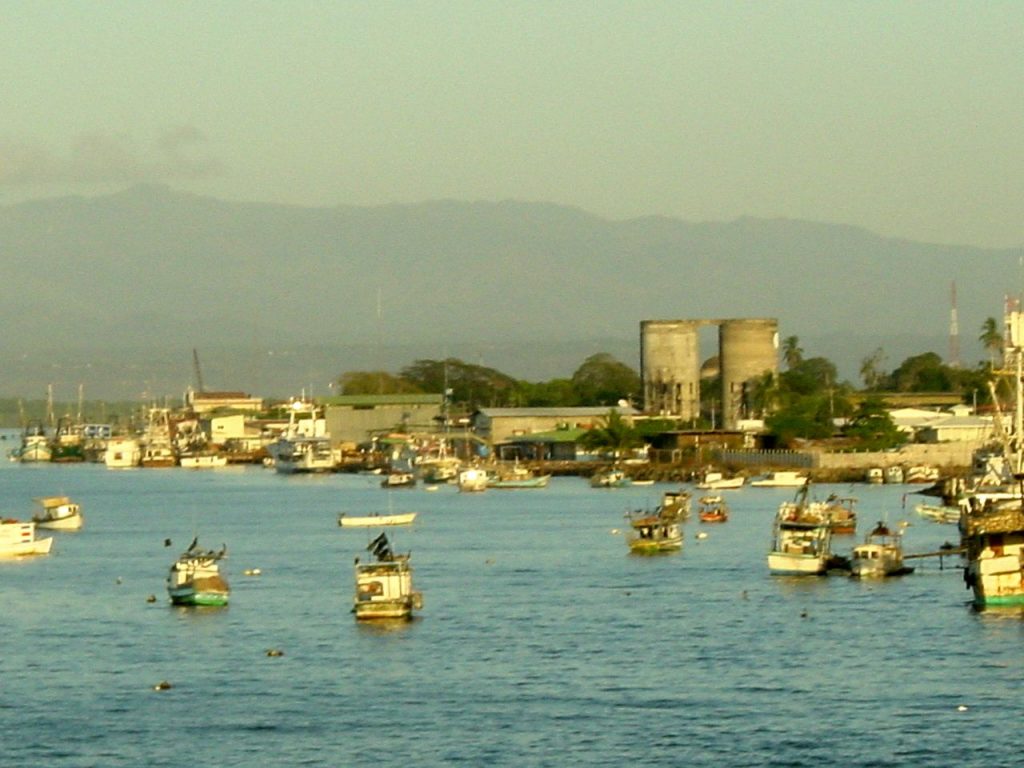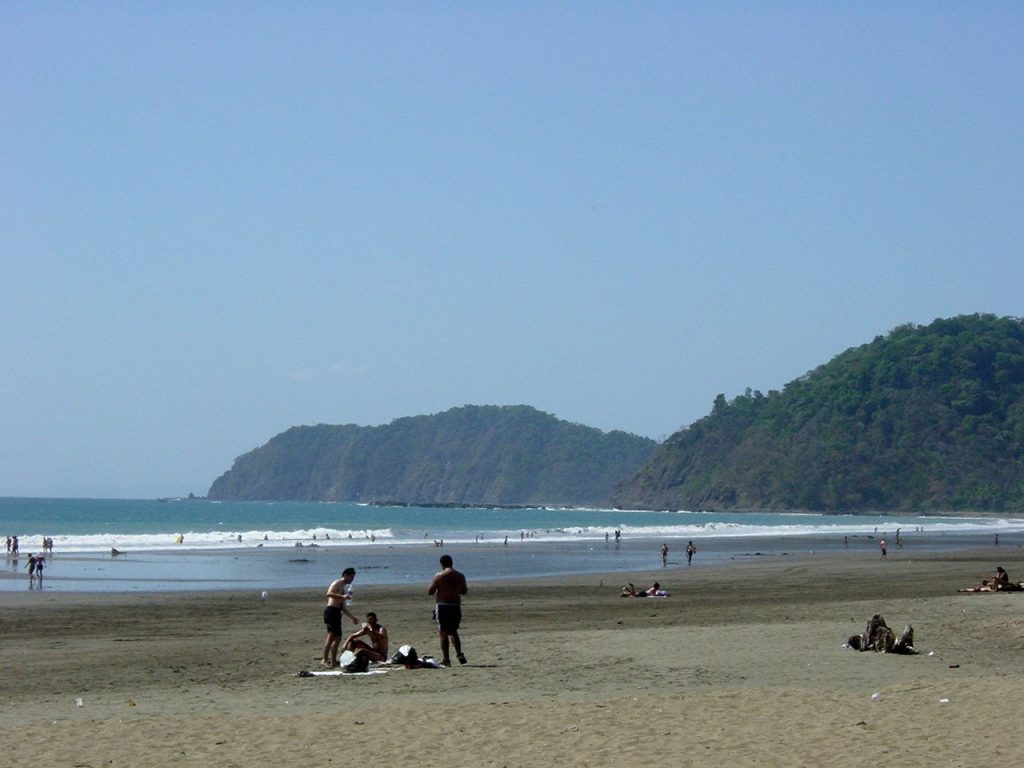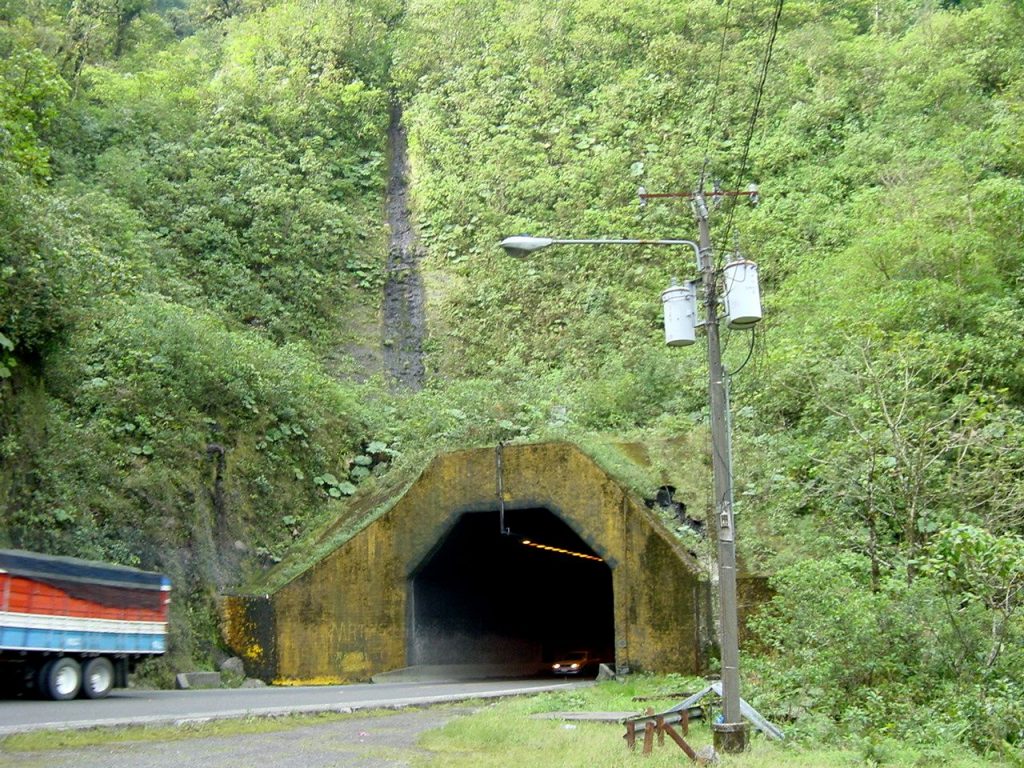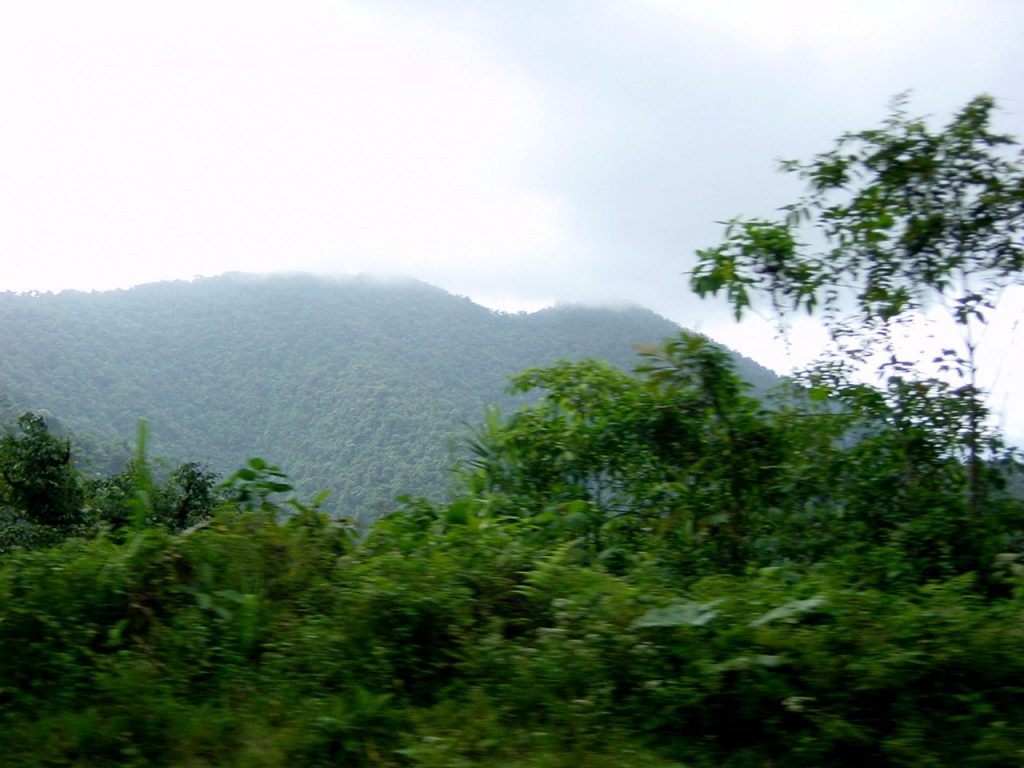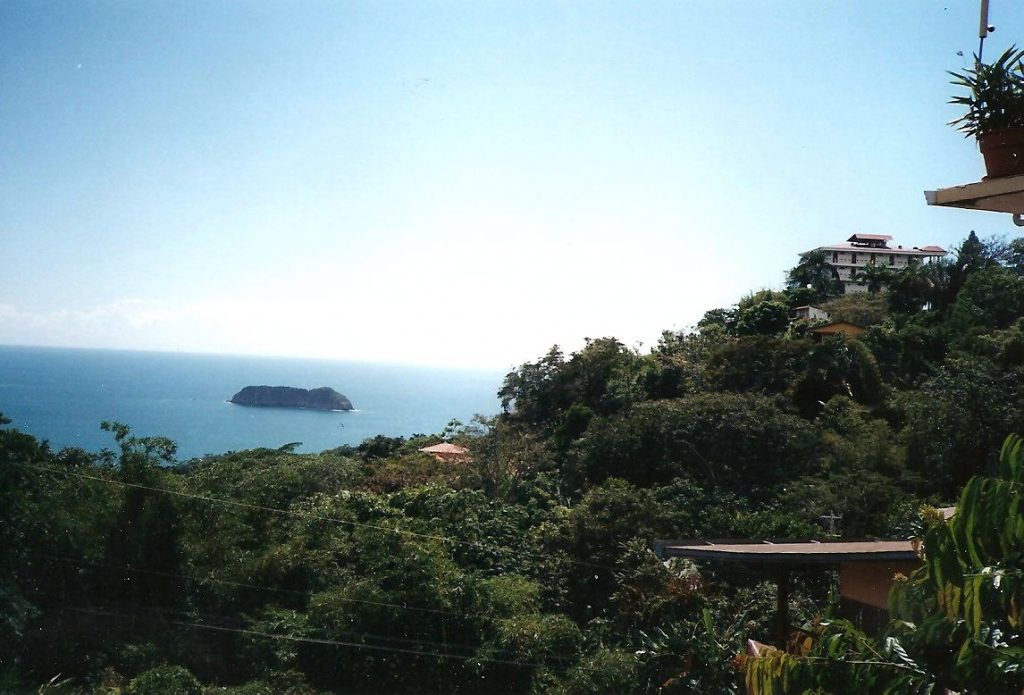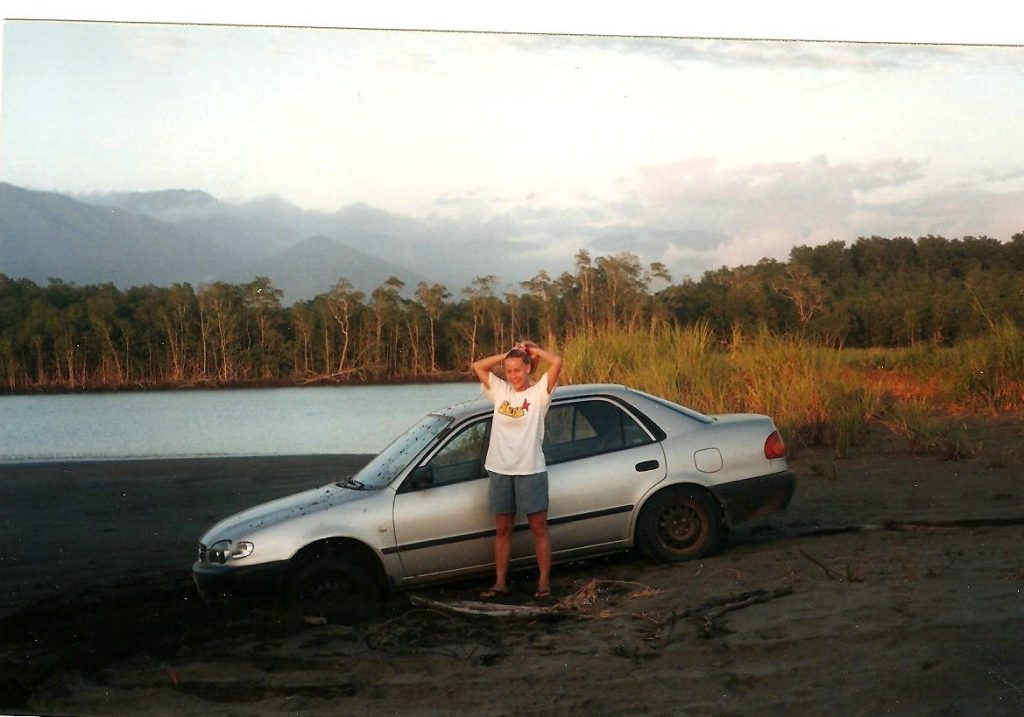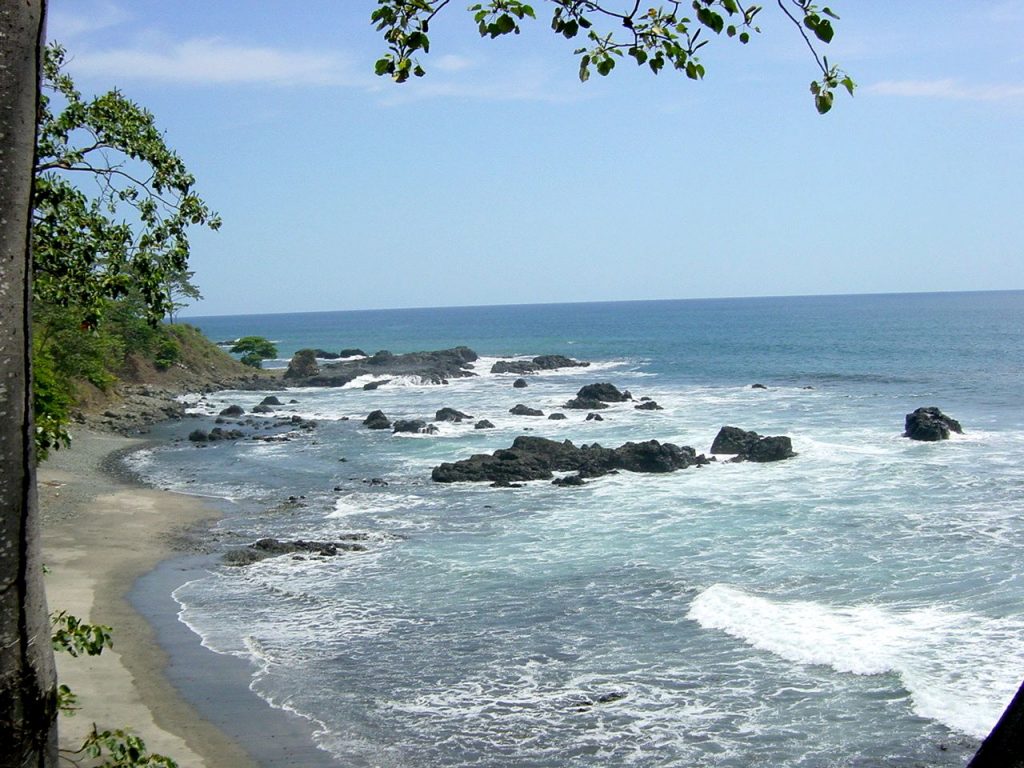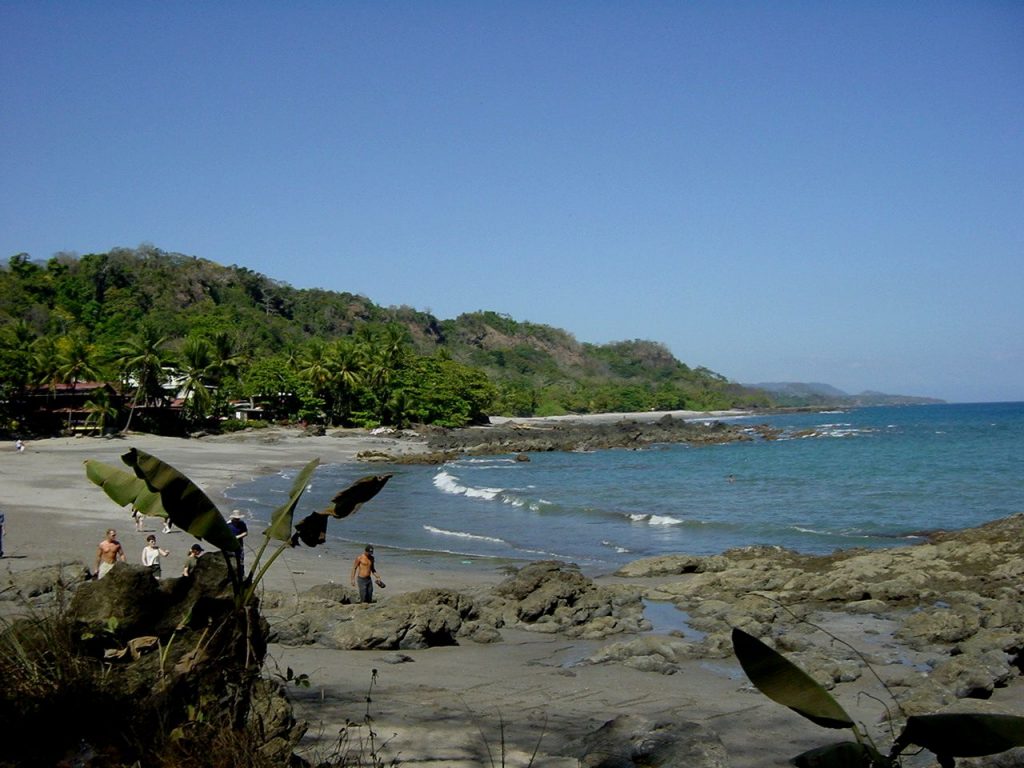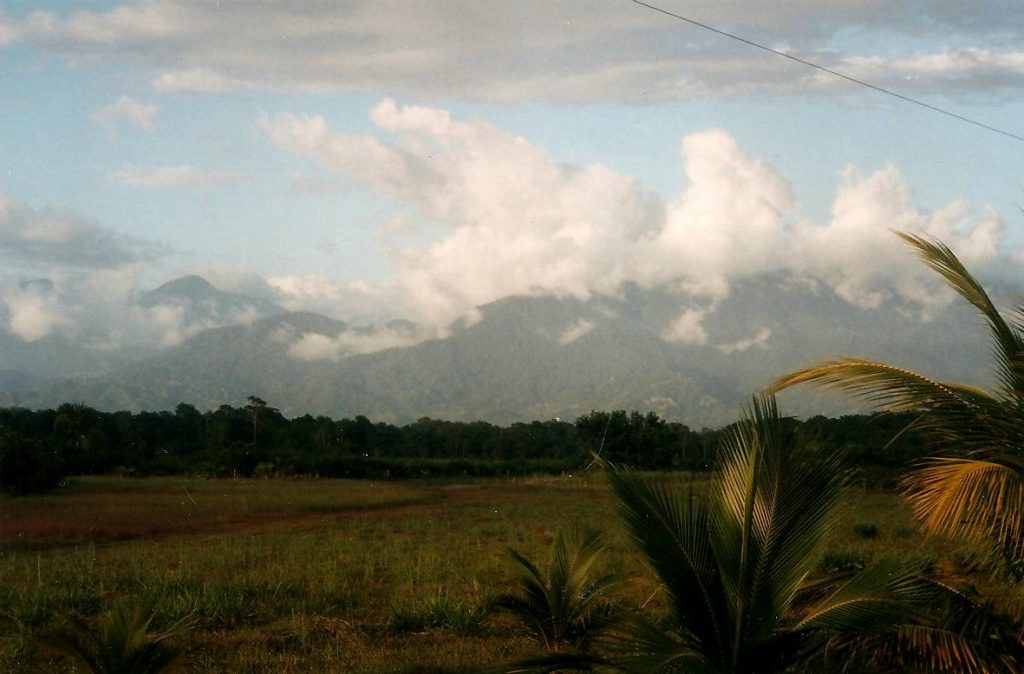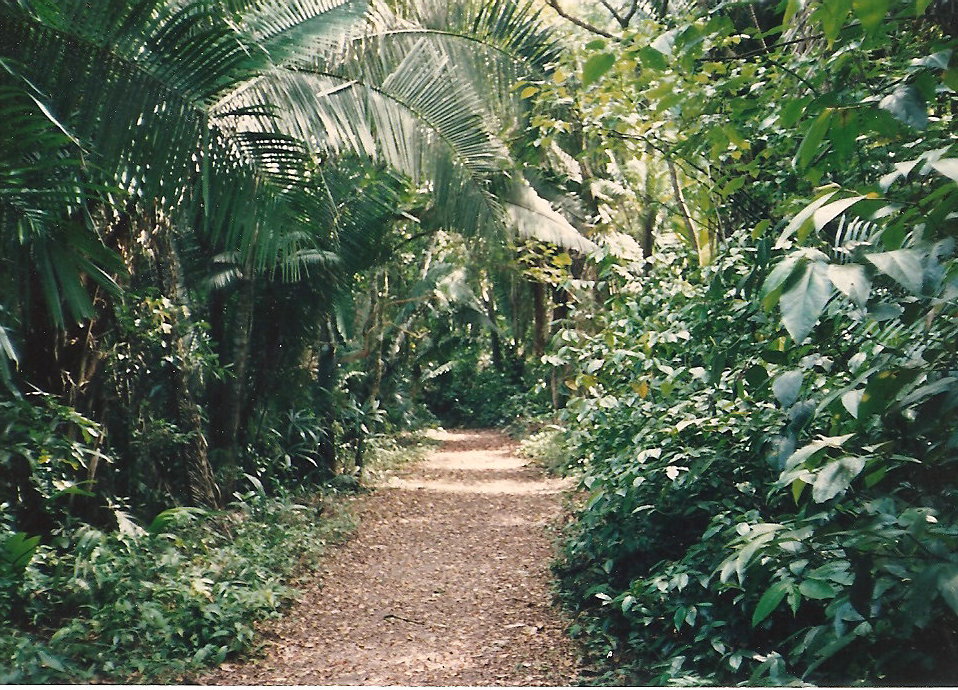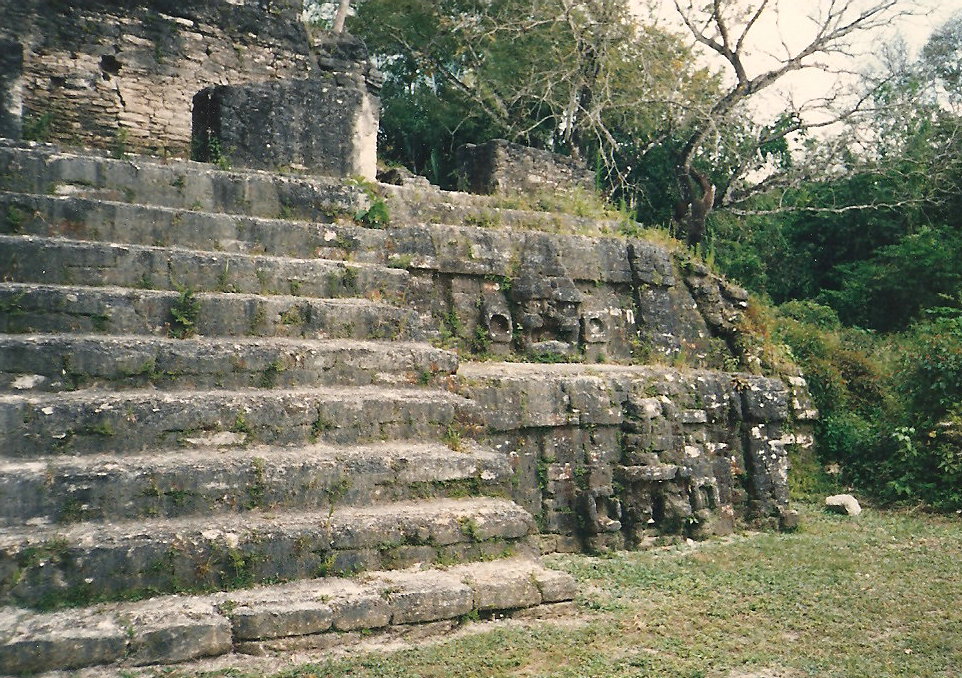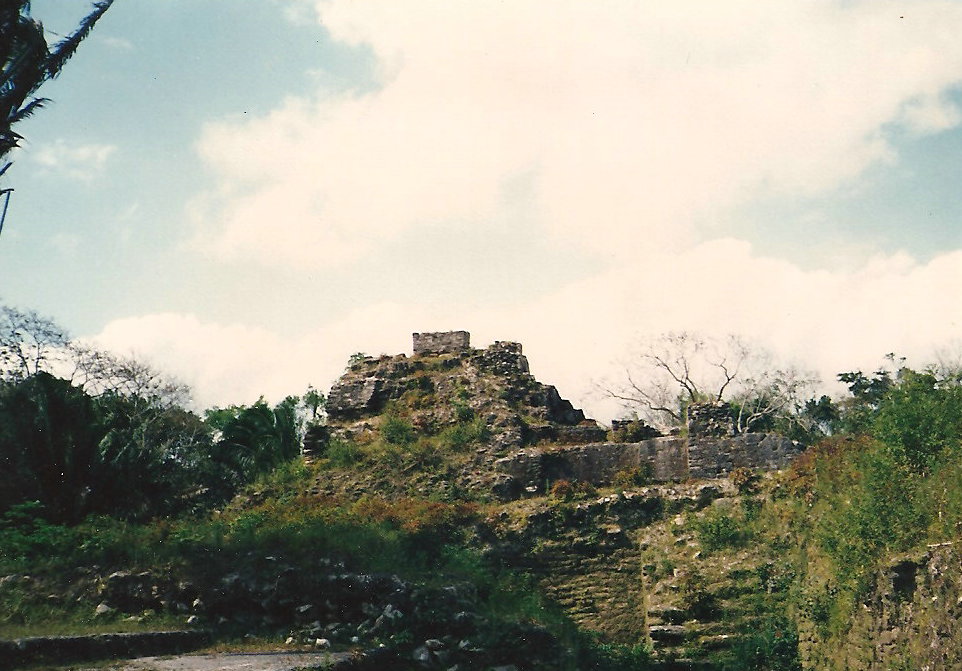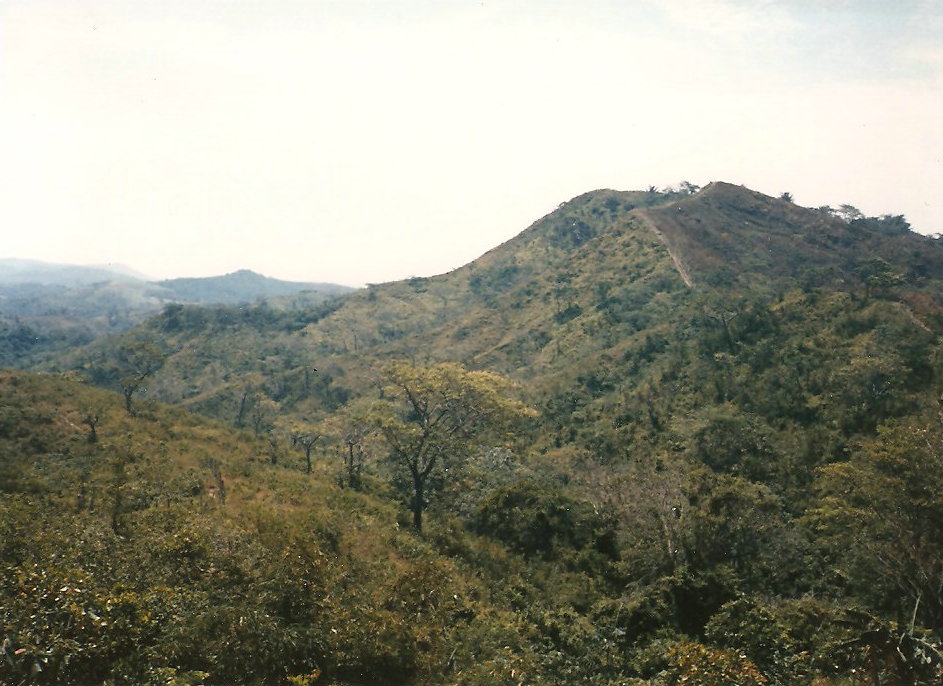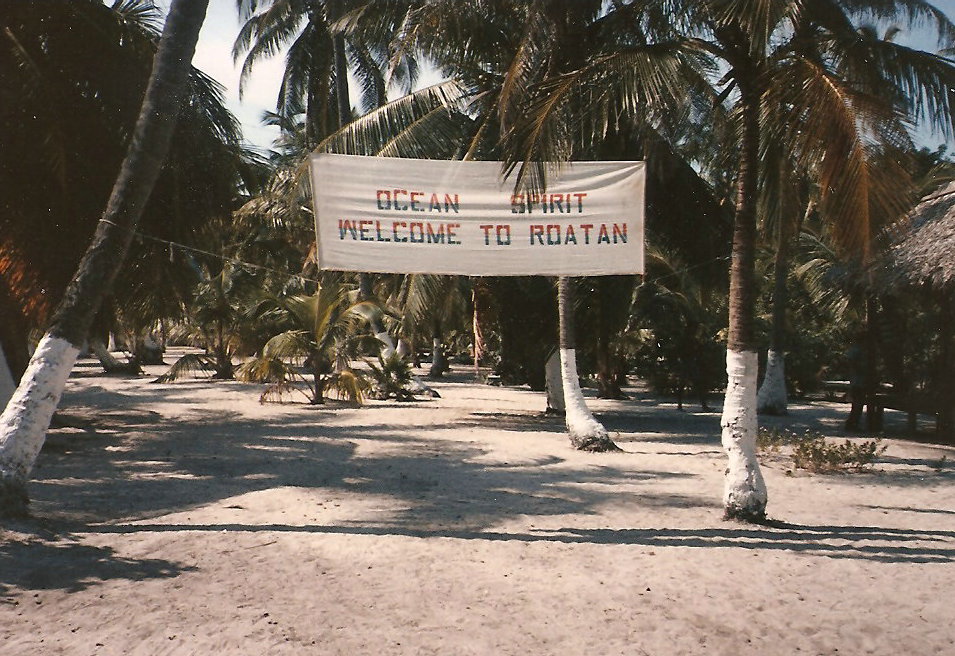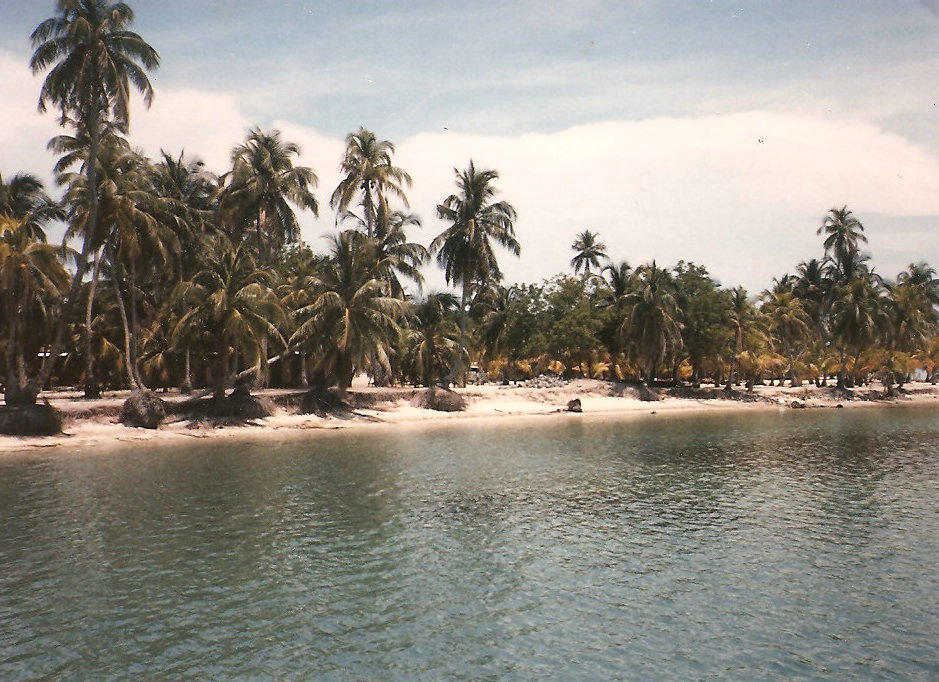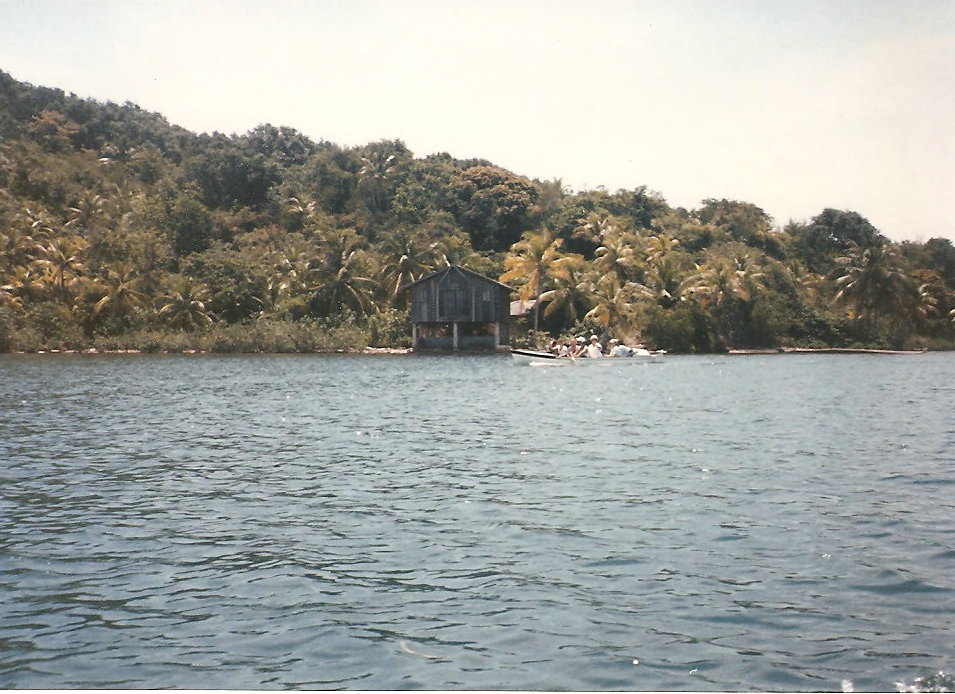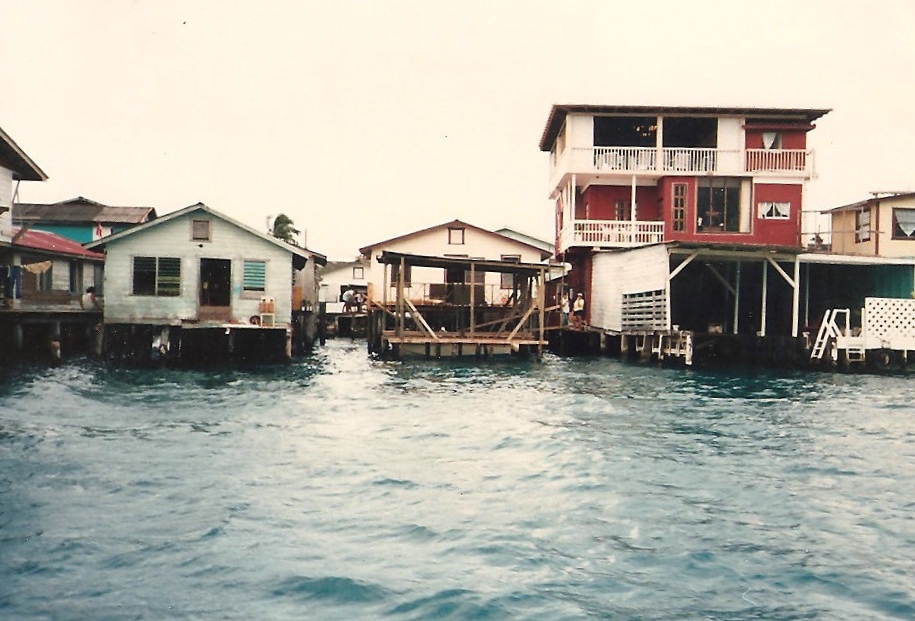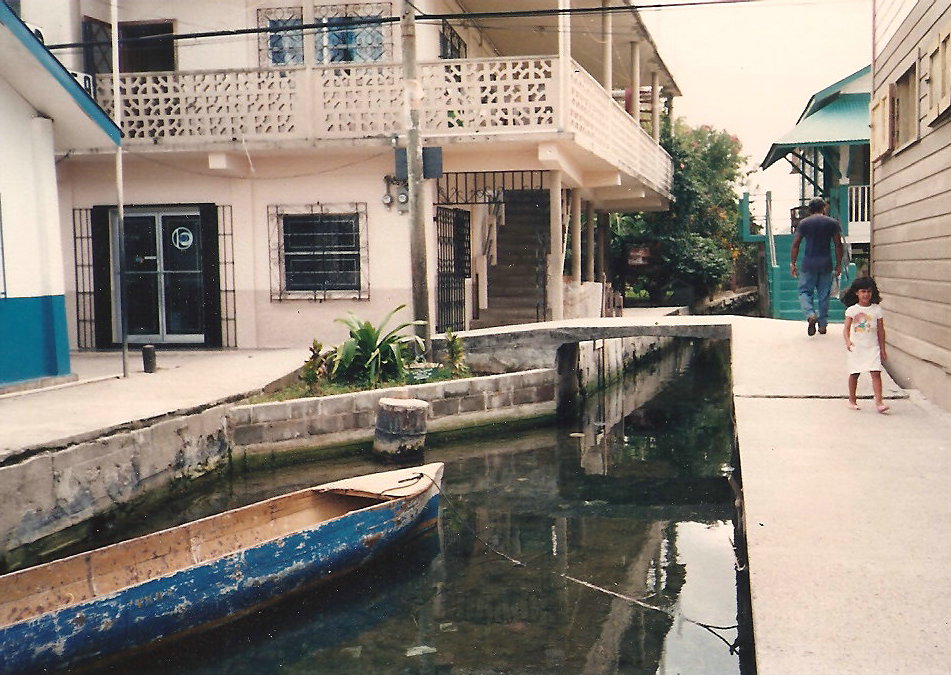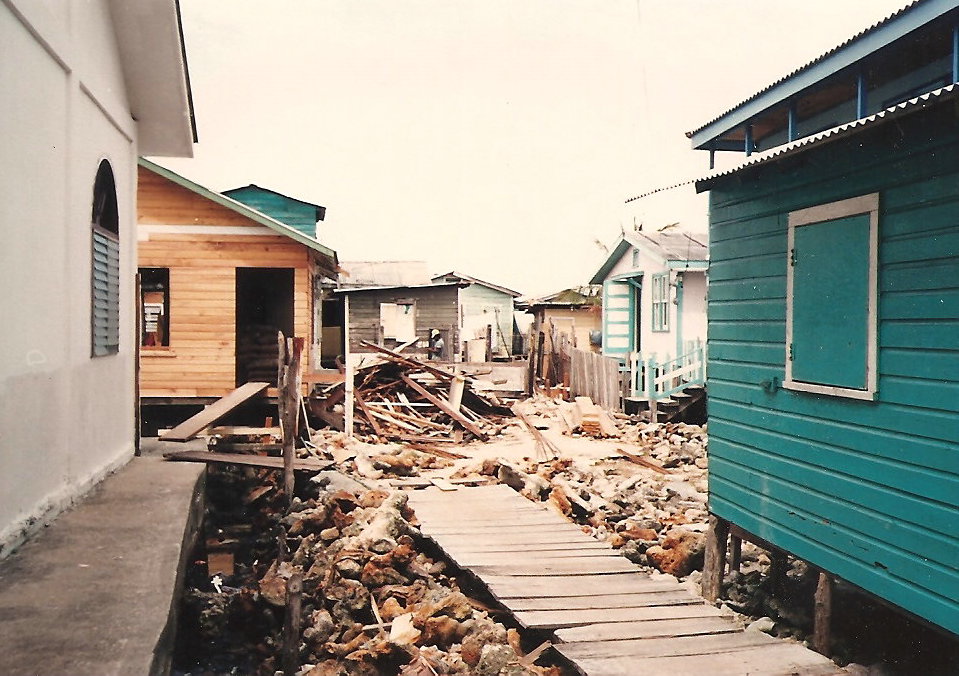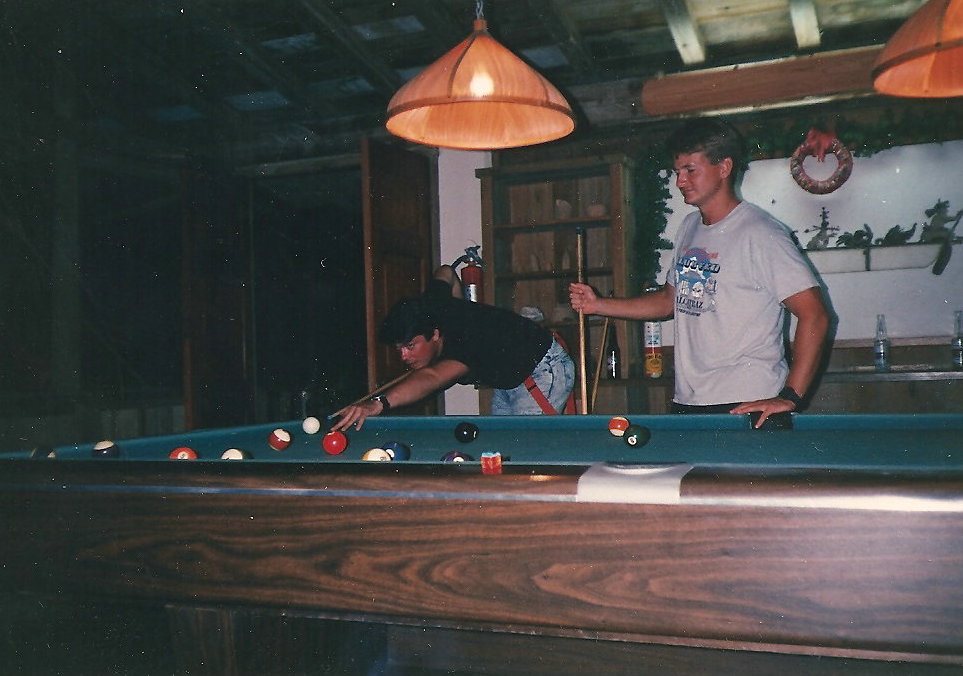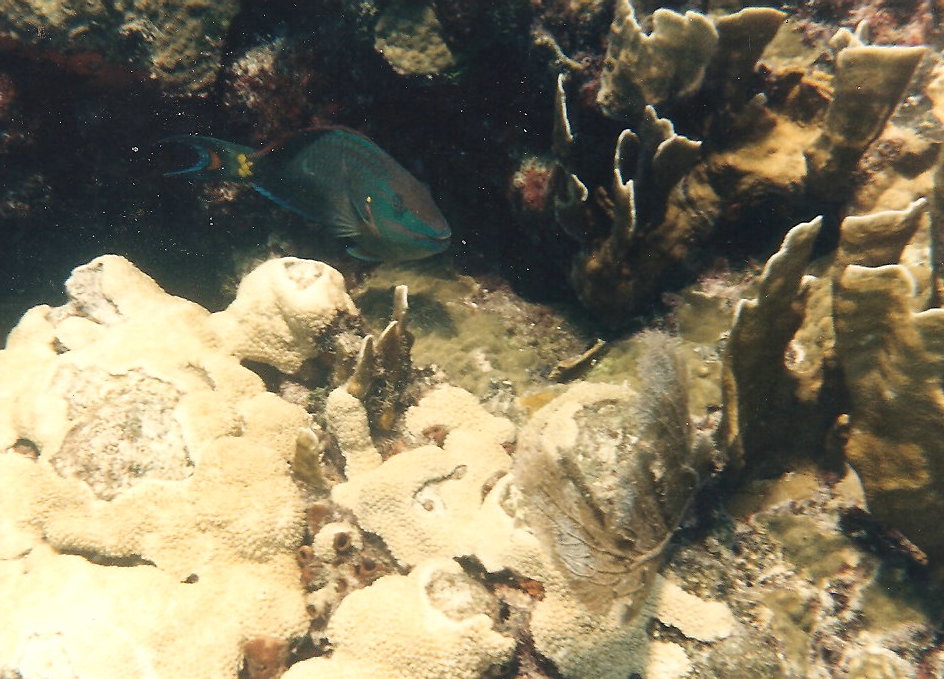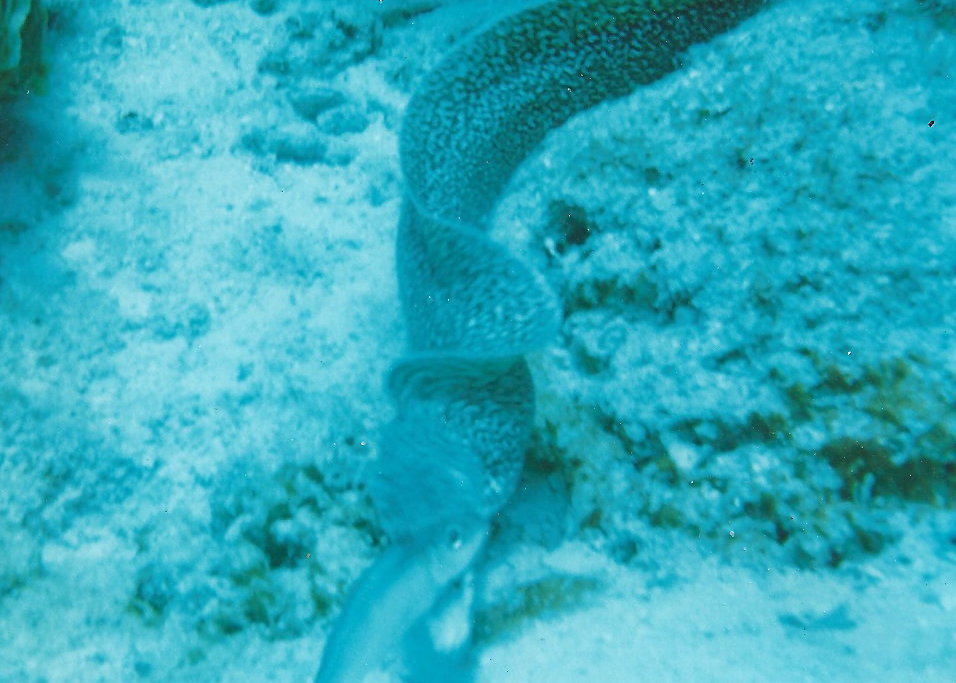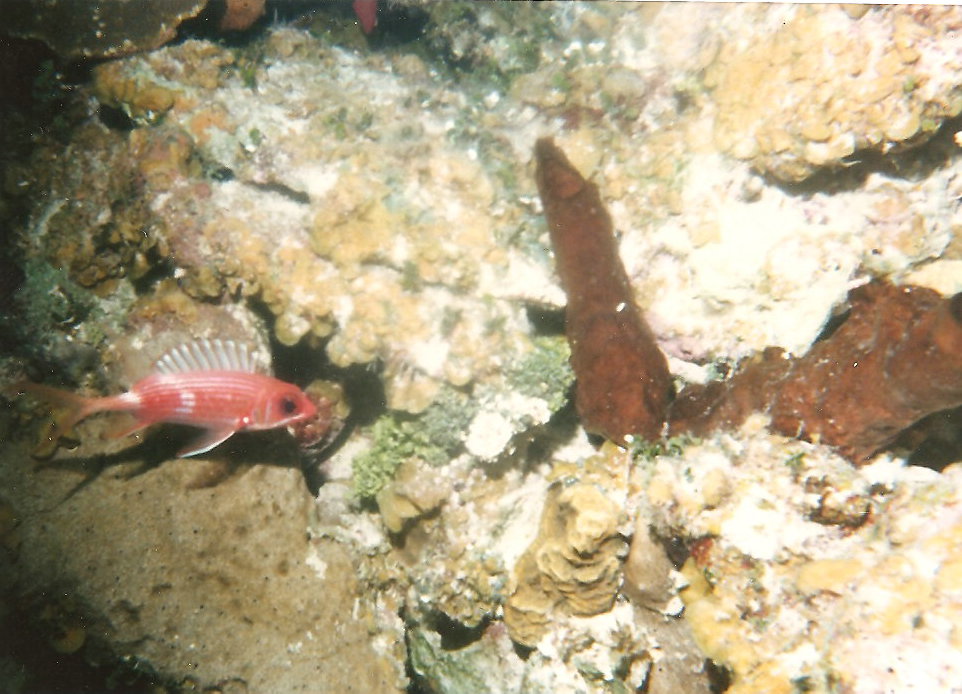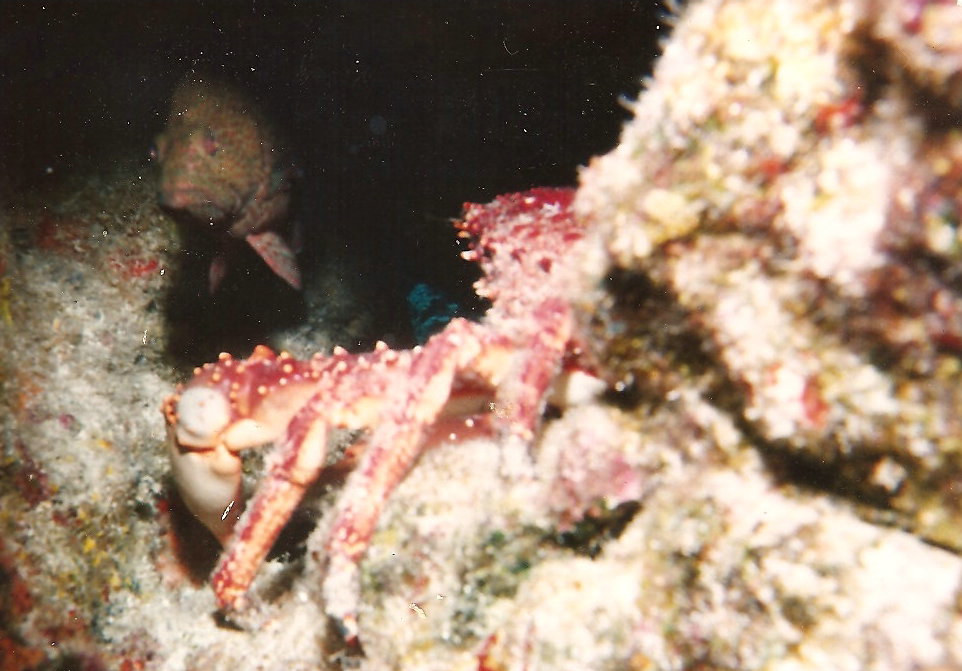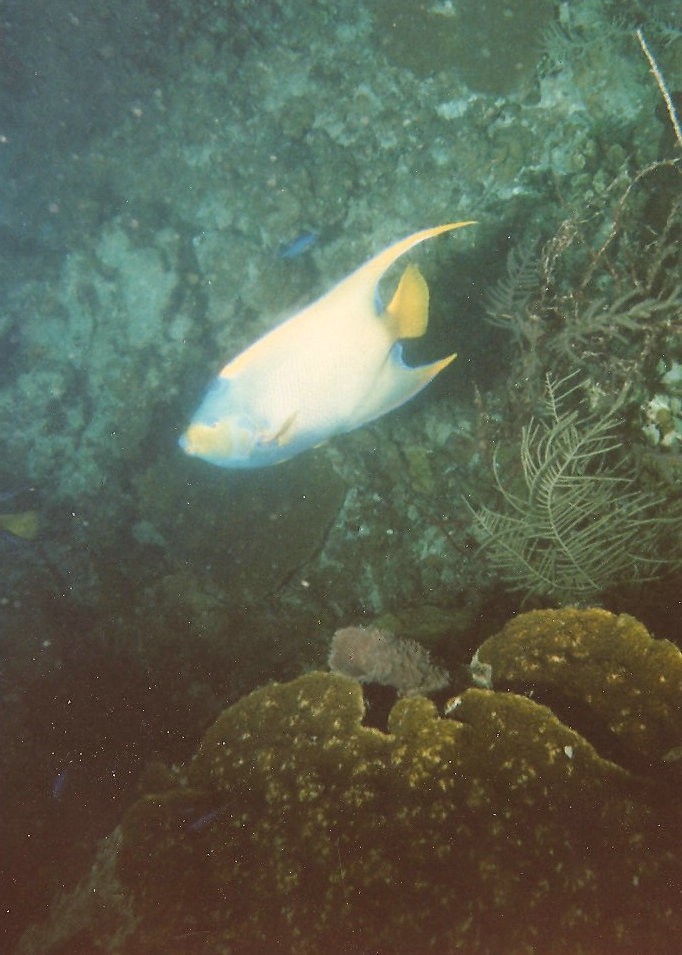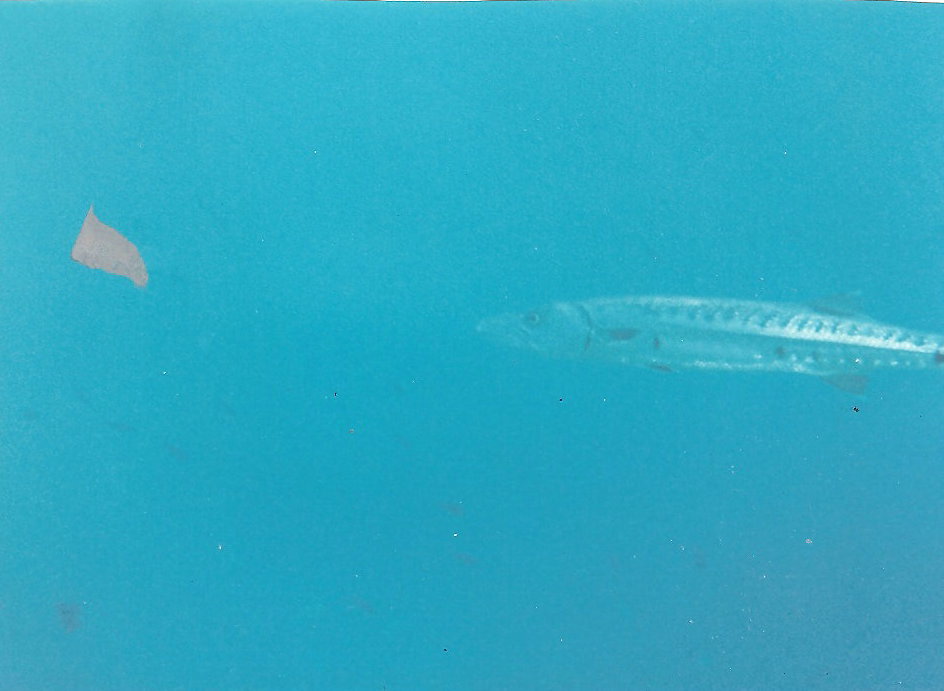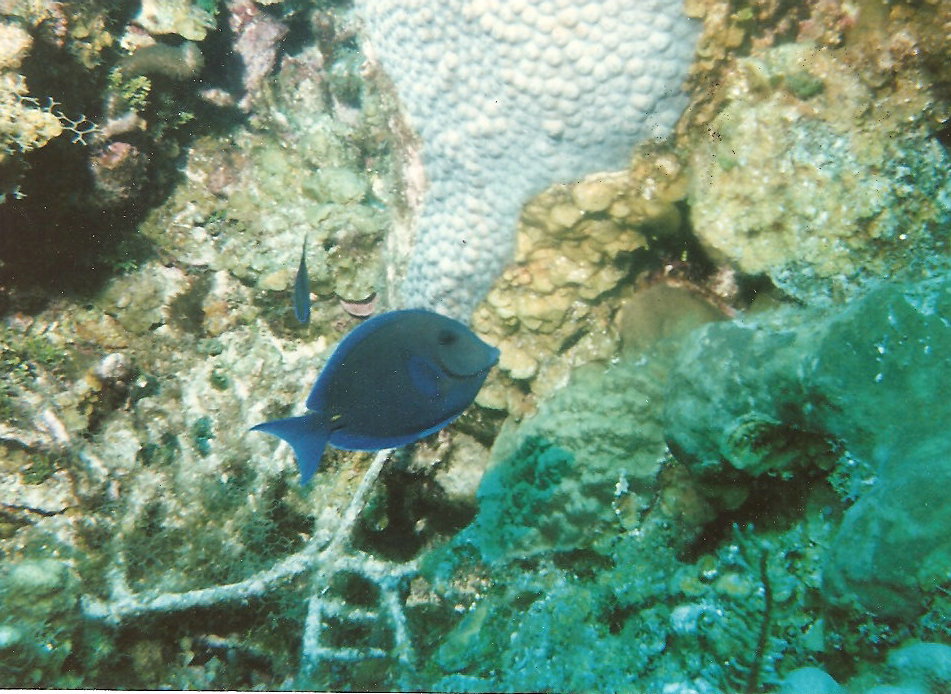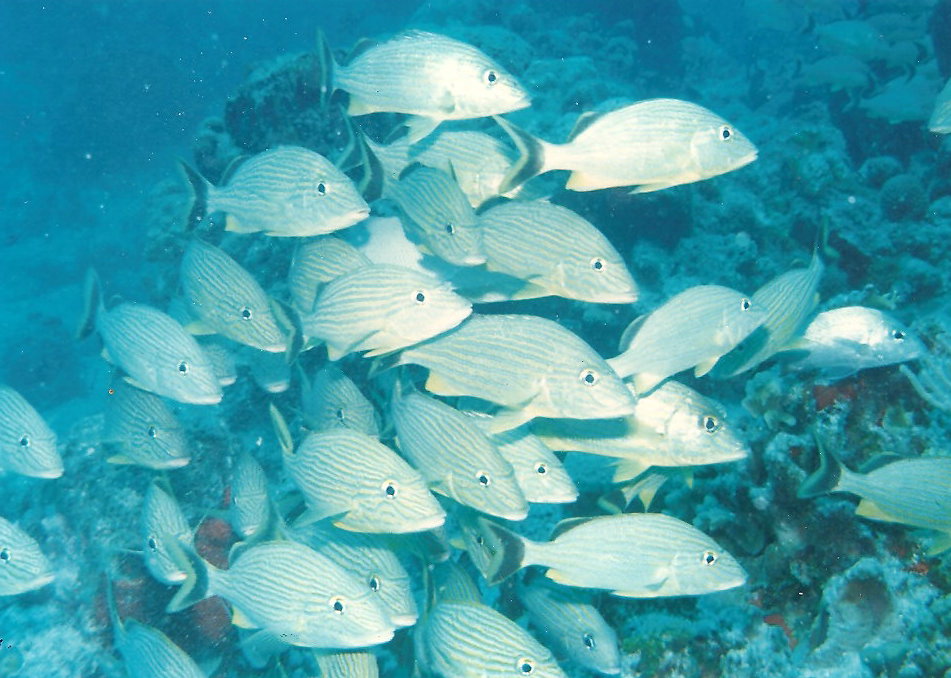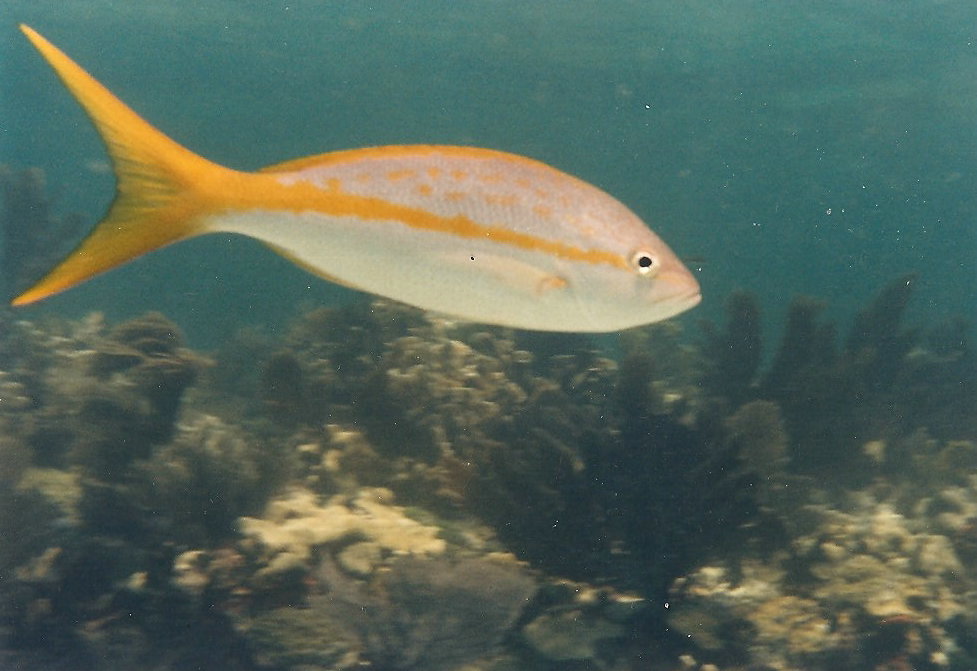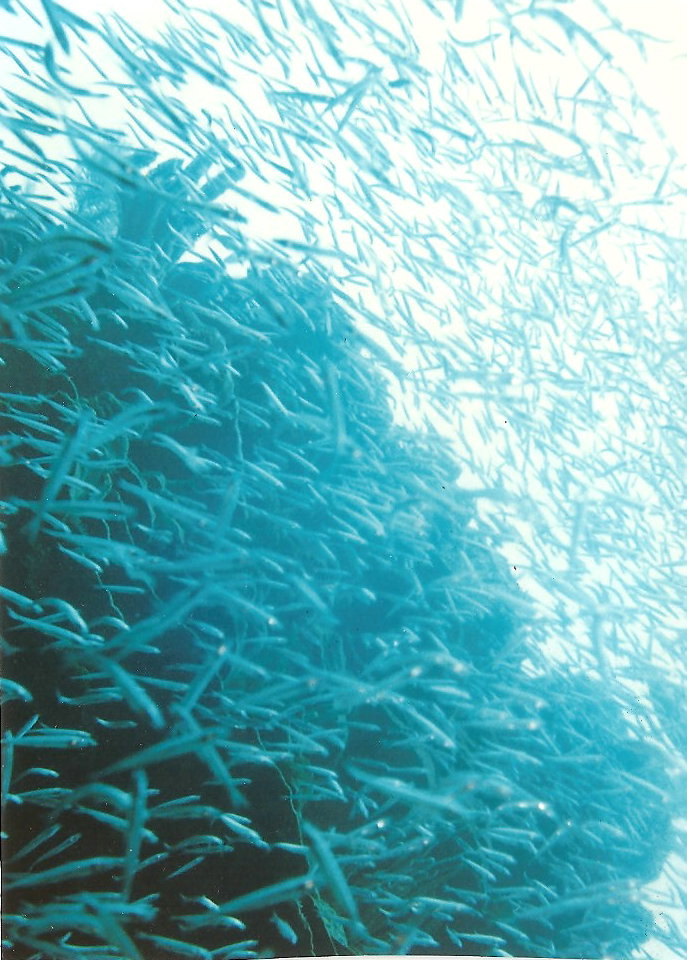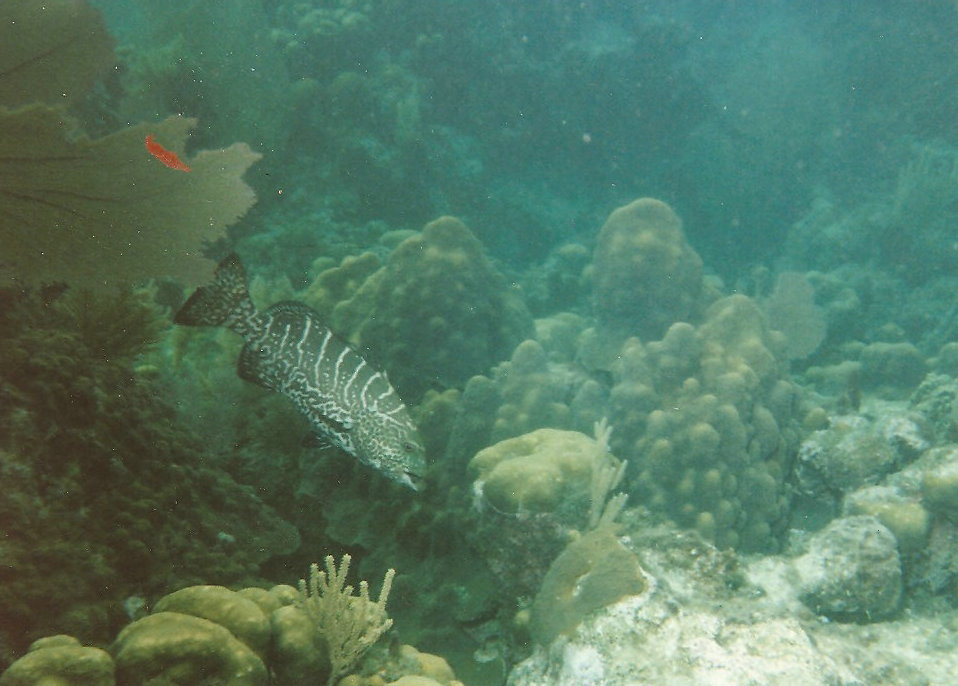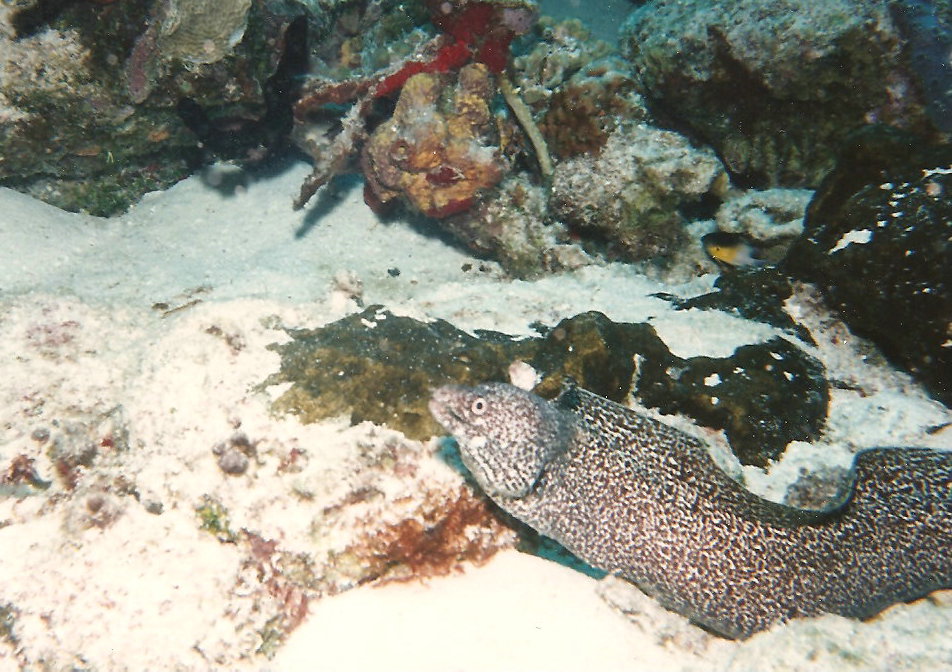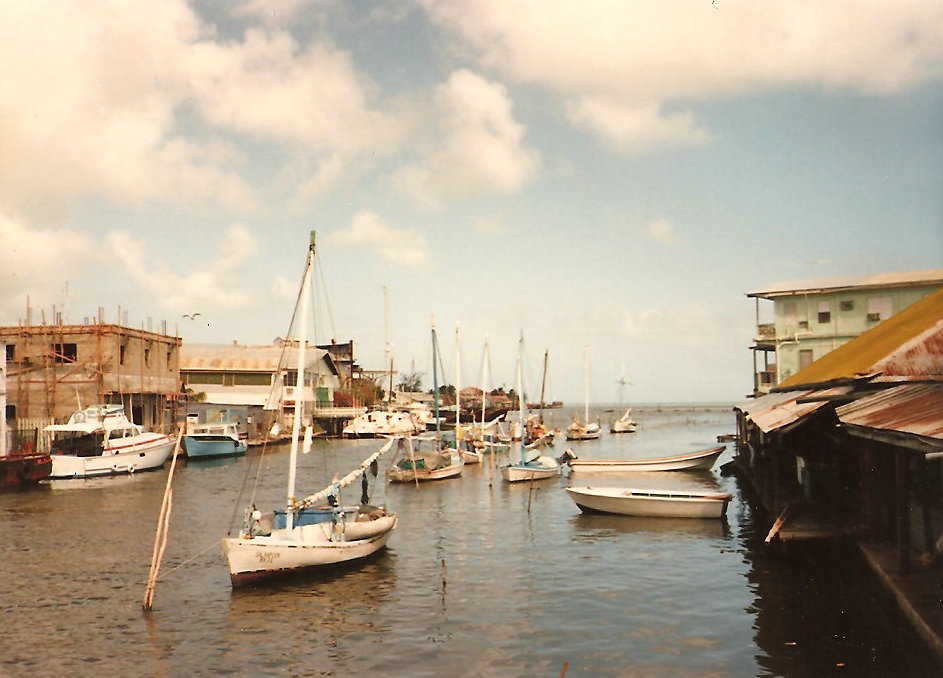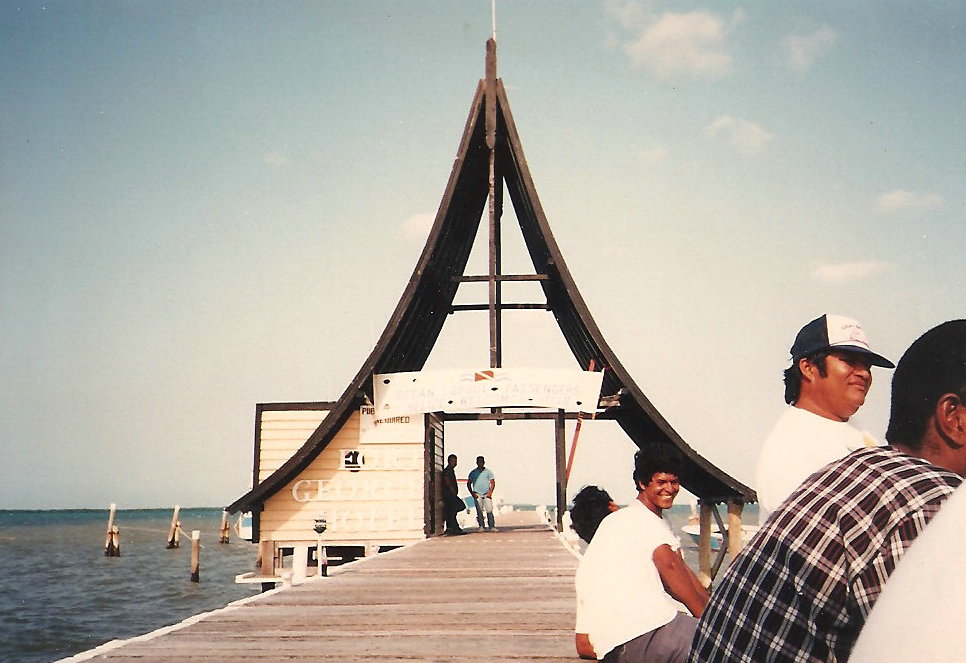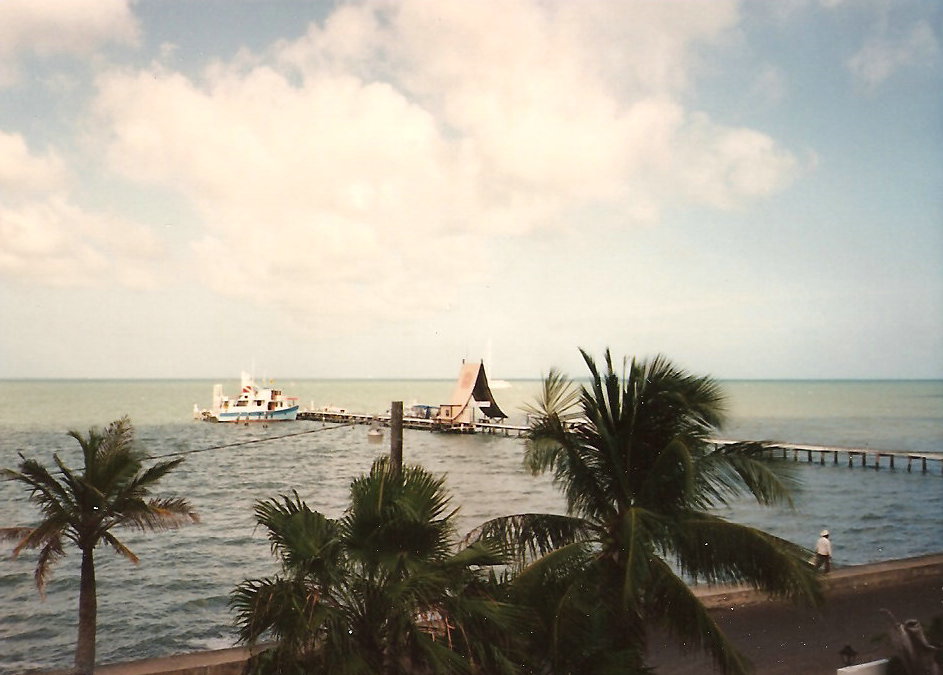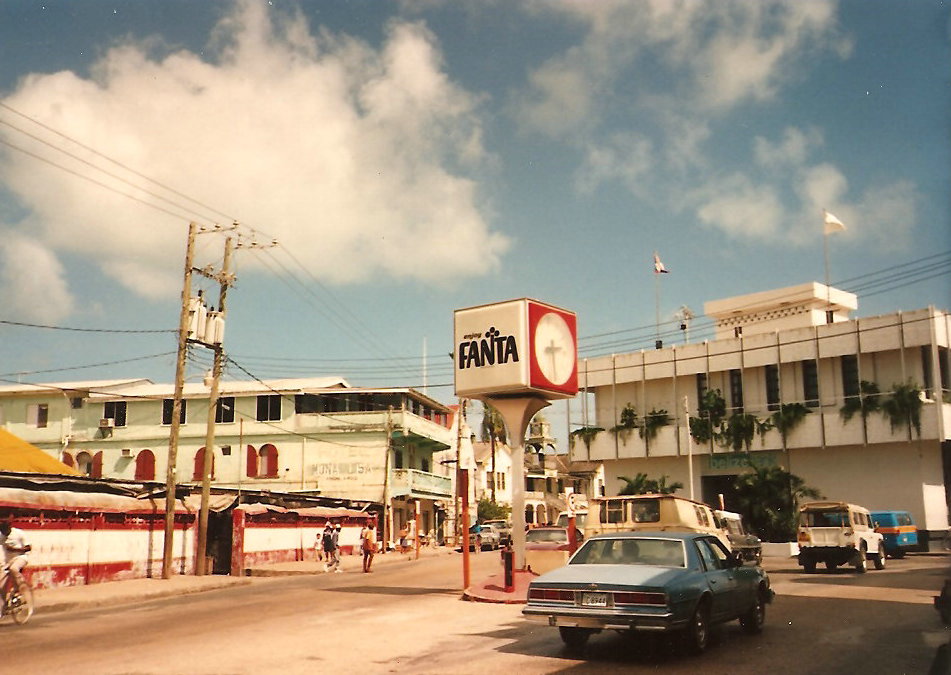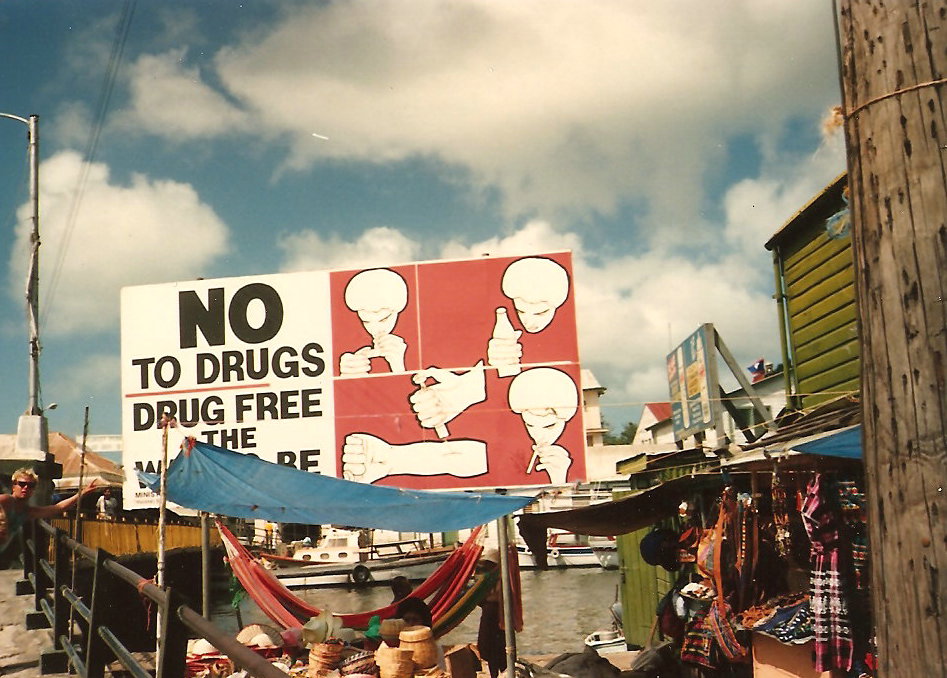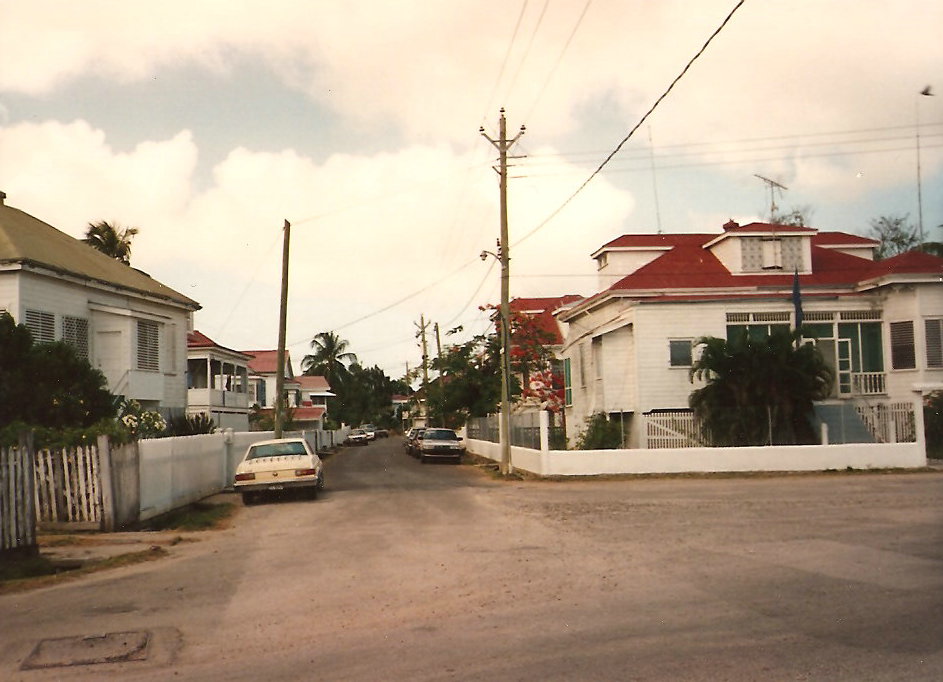Do you remember the day when you applied for your first passport? Had you already booked your vacation and were anxiously waiting for it to arrive? I remember how excited I was to travel out of the country for the first time and was thrilled when my passport showed up in my mailbox. I had just accepted a new job working for the cruise lines as an Assistant Purser, so I couldn’t wait to practice the few Spanish words I learned and explore the Mexican Riviera.
I had so much to learn before arriving in Cozumel. This popular tourist destination is a well-known hotspot for watersports such as scuba diving and snorkeling. With its turquoise waters and sunny weather year around, the island has been a popular cruise ship destination for many years.
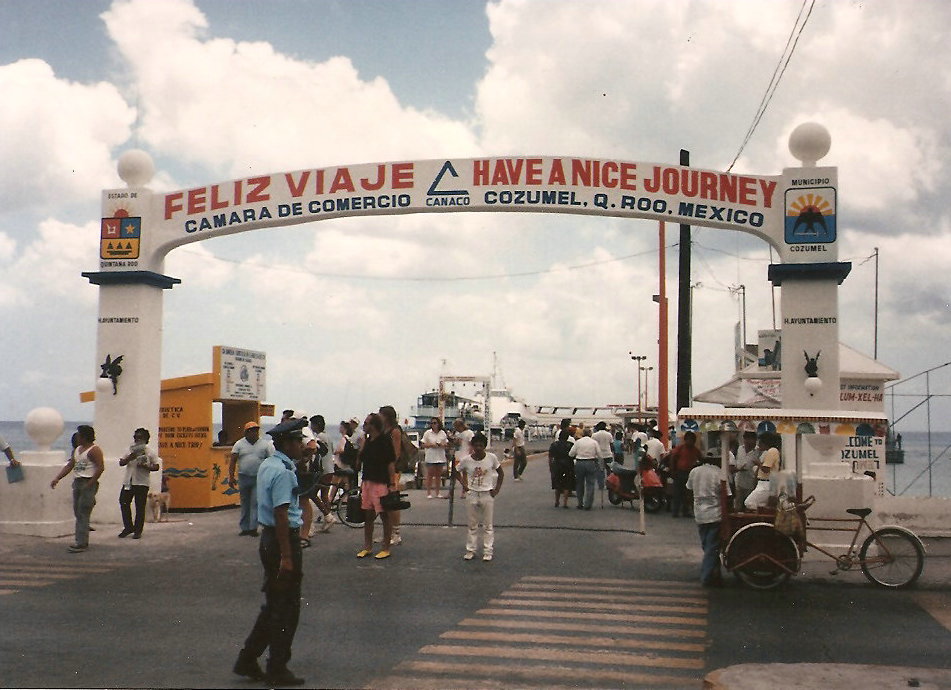
I loved spending my summer cruising to Cozumel each week aboard the SS Vera Cruz. I enjoyed learning about the Mayan culture, spending time with friends at our favorite local hangouts and venturing out of my comfort zone to learn how to scuba dive. I became pals with the local dive masters where we would meet up at the late night discotheques and danced until the last tender (water shuttle) brought us back to the ship.
The Vera Cruz was anchored off of the main town of San Miguel, so the tender would drop us off at the downtown pier. Within minutes, we had a number of restaurants and shops at our disposal and ventured out as often as possible. It wasn’t difficult to grab lunch and catch the next shuttle back in time for an afternoon shift at work and most of us would return to the island to enjoy Cozumel’s nightlife.

We became regulars at one of the more popular restaurants on the island, Carlos ‘n Charlie’s. Located off of the pier, its high energy atmosphere drew cruise ship crowds searching for authentic tacos, tequila or a couple of local beers. It was a cheap, quick way for the crew to enjoy lunch before strolling Avenida Rafael E. Melgar, to pick up some personal items we would need onboard. As the day turned to night, Carlos ‘n Charlies emerged as a lively nightclub with music spilling out on the street. Rowdy waitstaff enticed bystanders with free shots of tequila, promising an evening of raucous fun.
UPDATE: Carlos ‘n Charlie’s has moved. They are now located south of the downtown area of Cozumel. Visit their website for more information.
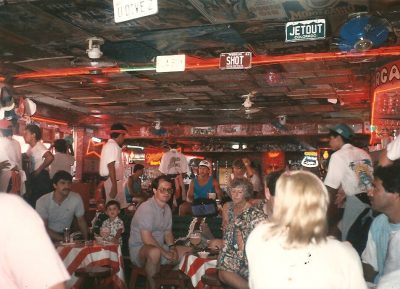
The loud music drew us to a small staircase leading up to the restaurant and bar where we would be greeted by the wait staff who treated us like locals. We had our favorite table which overlooked the main thoroughfare so we could watch the crowds below. The packed tables were overflowing with customers as they waited for their food and drinks.
T-shirts from all over the world and US license plates hung from the rafters of the restaurant. The iconic red and white tablecloths covered the small tables where we anxiously awaited our orders of hash mash (tortillas with all of the toppings and black beans) and chips. We couldn’t help but encourage our cruise ship passengers as they dared to experience the “Tequila Headshake”, only to hear of their regret the next day.

Having the fortunate opportunity to visit Cozumel each week over the summer, I took advantage of joining some of our ship’s excursions to explore the island. One of the most popular outings was the party boat/beach excursion. This fun-filled triple-decker ferry would transport passengers to San Francisco Beach for a day of sunbathing, water sports or a relaxing afternoon at the beach.
The local guides arranged activities to encourage the passengers to eat, drink and be merry. With limbo contests, congo lines and an unlimited supply of margaritas, there was no shortage of entertainment. Great mariachi music gave the passengers a reason to dance as the alcohol flowed and inhibitions disappeared. 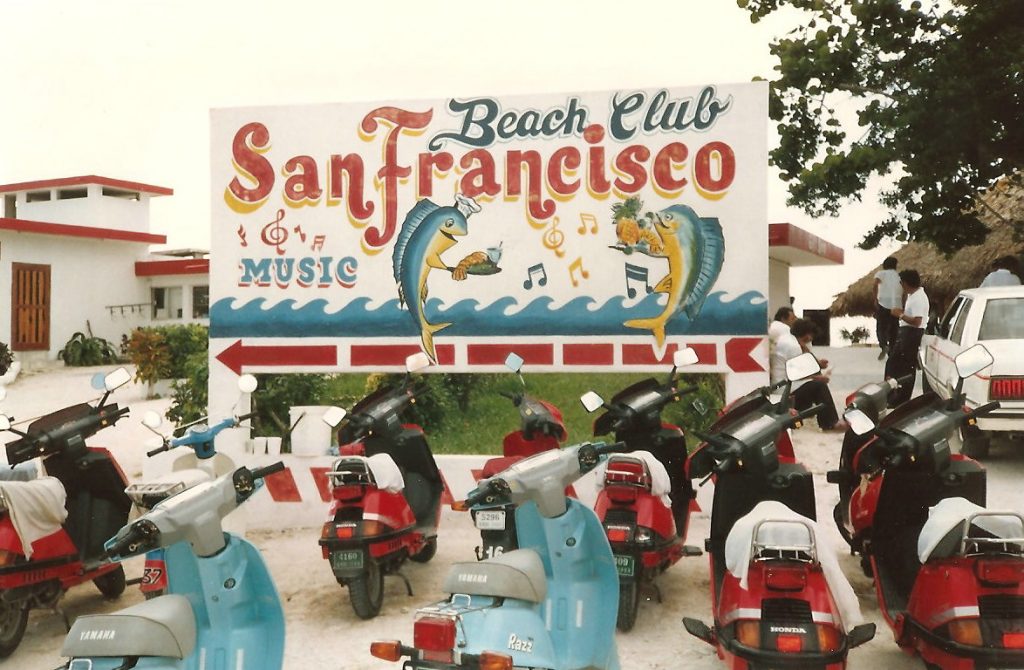
It was easy to identify the partiers as they stumbled off the boat searching for their next drink at the beach. Arriving at San Francisco Beach Club, beach rentals, a snack bar and scooters were available for passengers to fully enjoy their time on the beach or to explore the island by moped.
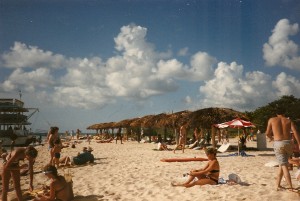
The beautiful soft sand was perfect for sunbathing so I usually opted to take some time to work on my tan. The tropical temperatures and the hot sun were intoxicating and a great way to escape the long hours at work. After a short period of sunbathing, I would usually find a small hut in the shade, grab a drink and a light meal and wait until it was time to return to the party boat.
Towards the end of the tour, an “All Aboard” call summoned us to board the over-sized pontoon back into town. Drifting away from the beach, it was the last chance for the passengers to join in the festivities and have a few more cocktails before joining the ship. This, undoubtedly, was the highlight of the trip as the music was cranked up a few decibels and the party would continue.
UPDATE: This beach has expanded and offers many beach activities that will keep you busy all day! Visit their Facebook page.
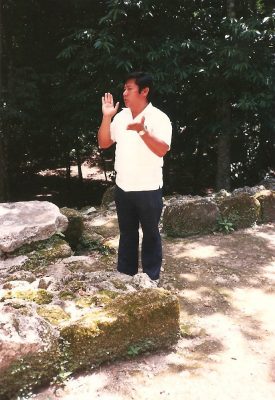
In addition to the party boat excursion, I had the opportunity to explore the island and its local ruins. What surprises most people about Cozumel is that it is not all about the party atmosphere and drinking. Steeped in deep Mayan culture, the archaeological site of San Gervasio dates back to 300 A.D. and is a pilgrimage site for Ix Chel, the goddess of fertility.
The tour, led by a Mayan guide, included insights to the local culture, the religious importance of the ruins and an overview of the daily lives of the ancient Maya.
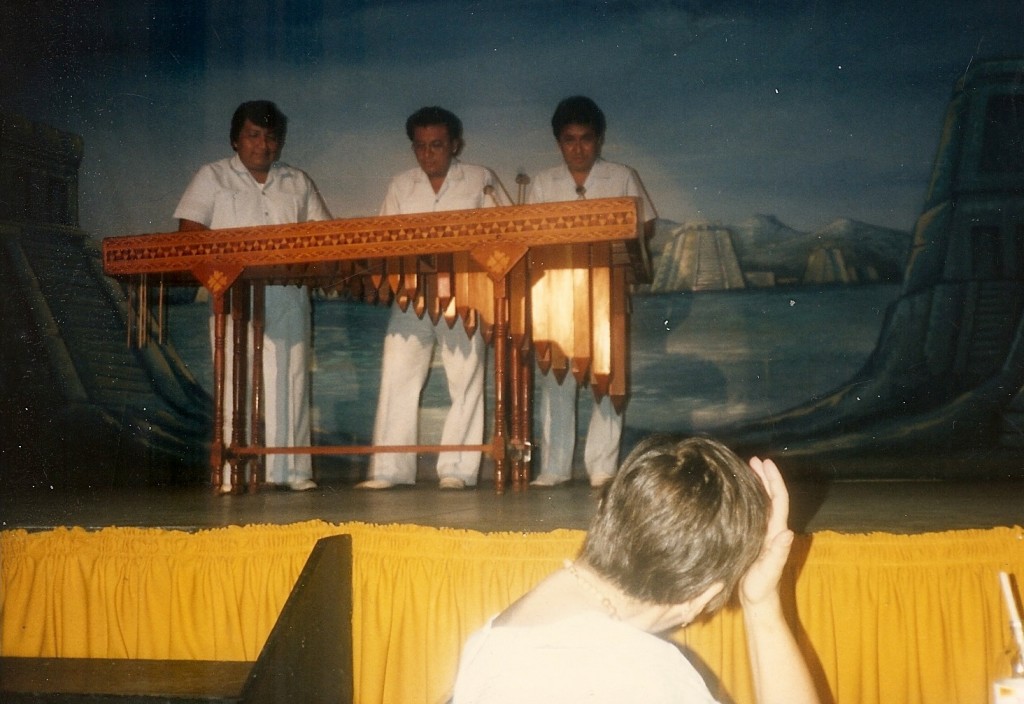
After a lovely tour of San Gervasio, we were transported to a local hotel where an authentic Mexican dinner was prepared for us. The entertainment included a nighttime serenade by some of the most talented Mariachi musicians on the island. It was the perfect ending to a day of Mayan culture and entertainment.
Whether I spent my time on the beach, at the ruins or experiencing the local culture, Cozumel offered a wide range of activities and attractions. Over time, I was pleasantly surprised by the growing fondness I would have for Cozumel and I could not wait each week to return.
Have you visited Cozumel? I would love to hear about your trip as well and any recommendations you may have for a future visit. Just leave a message in the comments section below. I would also love to hear about your first trip outside of your home country, so include that too!
Many thanks for reading about my cruise ship experience and the amazing excursions to Cozumel. Wishing you many Happy Travels!
Travel Information About Cozumel, Mexico:
- Best Time to Visit:
- December – March with average temperatures in the mid – low 80s
- April and November are shoulder seasons
- Note: June – August are the hottest months
- Language: Spanish
- Key Phrases (Spanish): Ola! (hello), por favor (please), gracias (thank you), Que pasa? (how are you), Salut! (cheers)
- Currency: Mexican Peso
- Payments: Mexico accepts local currency, US dollars, and credit cards in established businesses
- Transportation: Bicycles, Cars (retro VW Beetles and Jeeps), Colectivos (Minivan-style buses), Scooter, Taxis and Water Taxis to the mainland
- Dress Code: Tropical island, beachwear, business casual for upscale dining locations
- Local Holidays:
- Carnival – 5 days preceding Ash Wednesday, usually celebrated for a week
- The Birth of Benito Juarez: March 21st
- Easter: Locals reenact the Passion of the Christ in front of the Corpus Christi church on Avenida 20 between Calles 15 & 17
- International Bill Fish Tournament in May (the end of April to the beginning of June)
- Santa Cruz Festival which celebrates the discovery of Cozumel May 2nd and 3rd
- Cinco de Mayo: May 5th
- St. Peter and St. Paul Festival from June 28th to 29th
- Mexican Independence Day: September 16th
- San Miguel Archangel Fiesta: September 28th
- Columbus Day: October 12
- Dia de Muertas (Day of the Dead): November 1st and 2nd
- Day of the Mexican Revolution: November 20
- Virgin of Guadeloupe Fiesta: December 12th until December 24th known as the Navidad Posadas
- New Years Eve: December 31st
- Healthcare in Cozumel: Cozumel offers excellent private health care facilities. Private clinics and hospitals feature the latest modern facilities and are built to US-standards.
What to See and What to Do:
San Francisco Beach Club
- Admission Fee: $20 per person and each guest is provided with a $10 drink/food voucher; Additional fees for various watersport activities: $60 for jet ski rental and parasailing; snorkel equipment rental for $30 and one tank dive for $95.00; deep sea fishing for $350; and the banana boat, $20.
- Hours: Open daily from 9AM to 5PM
- Amenities: Swimming pool, bar beach access, water sports, restaurant, chaise lounges ($10 for chair and umbrella), pharmacy, inflatable water features
- Tips for Your Visit: San Francisco Beach is eight miles south of downtown Cozumel and about five miles from the cruise port. A $15 taxi ride from the cruise ship port. Bring plenty of sunscreen, money/credit cards for bar and restaurant purchases; There are vendors that stroll the beach and sell various items or have your photo taken with exotic birds; this beach is not recommended for visitors that want to relax, as this location is very busy.
Carlos ‘N Charlie’s Beach Club
Carretera Costera Sur Km 14 #250
Cozumel, Quintana Roo, Mexico CP 77600
Telephone: +52 987 564 0960
- Admission Fee: Free! Additional fees for various watersports and amenities such as: wave runners, parasailing, glass bottom boat and snorkeling tours, banana boat, henna tattoo, massage.
- Hours: Open Monday through Saturday, daily from 9AM to 4PM and the bar is open until 5PM; Sundays, open from 11AM to 4PM, the kitchen and the bar until 5PM
- Amenities: Free entrance, free beach chairs and umbrellas, pool table, restrooms, fresh water showers, beach bed, volleyball court, restaurant, bar and free parking!
- Tips for Your Visit: Carlos ‘n Charlies is ten miles south of downtown Cozumel and about seven miles from the cruise port. A $15 taxi ride from the cruise ship port. Bring plenty of sunscreen, money/credit cards for bar and restaurant purchases
San Gervasio Mayan Ruins
San Miguel de Cozumel
Quintana Roo, Mexico,
Telephone: +52 983 837 0796
- Admission Fee: $8 per person; additional fee for a guide (see “Guided Tours and Informational Booklets”)
- Transportation: From the cruise ship port or downtown Cozumel, a taxi can take you to the San Gervasio ruins who can drop you off, allow you to explore the ruins (up to 6 hours) and then take you back to your original location. Buses are also available from the pier, but I would recommend another route of transportation if you are visiting for the day on a cruise.
- Hours: Open daily from 8:30AM to 3:45PM
- Amenities: Bottled water available for purchase at the entrance. Brochure of the site provided, small gift shop, photo opportunity with a “Mayan Indian.” Tour guides available for additional cost.
- Guided Tours and Informational Booklets: Guides are available at the site for a charge of $8 per person or $40 for up to 6 guests; The Guide to the Mayan Ruins of San Gervasio, by Ric Hajovsky is an excellent resource for this amazing attraction and is available on Amazon.com for $10 or less.
- Length of the Tour: 1.5 to 2 hours; guided tour usually takes about 1.5 hours
- Tips for Your Visit: The San Gervasio ruins are 11 miles from downtown Cozumel and the Punta Langosta cruise pier, which is about a 20 minute drive. Bring plenty of sunscreen and bug spray, bottled water (available at the entrance to the ruins) and a hat to protect from the hot Caribbean sun. Wear comfortable shoes, flip-flops not recommended.
- Additional Suggestion: If you enjoyed the San Gervasio ruins and would like to explore some of the artifacts that were excavated from the site, make plans to visit the Museo de la Isla (the Island Museum). Located in downtown Cozumel along the waterfront (near Calle 6 Norte), there is a small entrance fee of $4 and it is open from 9AM to 5PM daily.
Day Trips from Cozumel:
- Akumal: One of the best locations to swim with sea turtles, Akumal is located between the towns of Playa del Carmen and Tulum on the Riviera Maya
- Cancun and Isla Mujeres: Cancun made the Yucatan Peninsula a vacation destination in the 1970s with the building of multiple resorts. Nearby Isla Mujeres is an island off of Cancun that is minutes away and provides a more remote setting with an abundance of activities.
- Cenotes: Natural fresh-water sinkholes, sacred to the ancient Maya, the cenotes are so diverse in character offering unique experiences at each location to include snorkeling, swimming, diving or just floating on a raft.
- Chichen Itza: One of the largest Mayan complexes in Mexico, this spectacular pre-Columbian ruin is worth the journey. Take the ferry to Playa del Carmen where you can catch a bus to this majestic archaeological site.
- Playa del Carmen: A ferry from Cozumel will take you to the mainland of Mexico with pristine beaches and excellent cuisine.
- Tulum: Once a major port on the Yucatan Peninsula, Tulum is another archaeological site which overlooks the Caribbean Sea.
Where to Stay:
Upscale Accommodations:
Presidente Inter-Continental Cozumel Resort & Spa
Carretera a Chankanaab km 6.5
Cozumel, Quintana Roo, 77600, Mexico
Toll Free Number: 877 859 5095
This is a magnificent property located near the popular dive site of Chankanaab National Park. There are so many fabulous amenities and you are sure to be delighted during your stay!
Amenities: infinity pool, spa, gourmet dining, ballroom, gardens, dive center with expert instructors, free parking, valet parking, guest services, scenic views, suites, 24-hour business center, printer, copying, wi-fi and fax services, fitness center, personal training sessions, yoga class, dry cleaning, butler service, child care, interpretation and translation services
Where to Eat:
Crazy King Burrito
San Miguel Shopping Area
5 AV Norte Esq Calle 4 Norte
It is approximately 4 miles from the Carnival Terminal in the heart of downtown. A taxi ride will cost about $8 – 10.
This restaurant has continuously been voted as one of the top restaurants in Cozumel that provides Mexican food with vegan and vegetarian options! For guaranteed good food and friendly service, this restaurant is worth a stop!
Rolandi’s (was Pizza Rolandi’s during my cruise ship days)
Waterfront dining, Italian cuisine
Avenida Rafael E. Melgar y Avenida Andres Q. Roo
Located about 3 miles from the Carnival Cruise ship terminal, with a taxi fare of approximately $6 – $8. The perfect time to dine at Rolandi’s is during sunset!
NOTE: It is always wise to confirm the information provided by visiting the website for the attractions, websites and hotels provided.
What to Eat:
- Cochinita Pibil is a suckling pig marinated in a sauce which includes sour orange juice, spices and ground achiote. It is then wrapped in banana leaves and cooked overnight in an outdoor oven. Truly Authentic!!!
- Pescado de la Veracruz – fish drowned in tomato sauce with green olives, onions, tomatoes, chiles and garlic.
- Poc Chuc – pork marinated in sour orange juice which comes from a local fruit indigenous to the Yucatan.
- Sopa de Lima – a type of chicken soup that is seasoned with limes.
- Tikin – Xic – red snapper or grouper that is wrapped in banana leaves with sliced tomatoes, bell peppers, onions and drenched in a special sauce made with sour orange juice, oregano and spicy paste.
What to Read:
- Insight Guides Cancun & Cozumel Pocket Guide
- Guide to the Ruins of San Gervasio, by Ric Hajovsky
- Cozumel Survival Guide, by Ric Hajovsky
- Cozumel, the Complete Guide
Photo Guide for Cozumel:
- The photobanks of El Cielo located southwest of the island are home to beautiful starfish
- Playa Palancar (southwest side of the island): You will find coconut trees, crystal clear beaches and boats at this location
- Punta Molas (north of the island): It is best to book a tour to visit this remote location on the northern side of Cozumel as a 4×4 vehicle will be required. Photograph the lighthouse and explore the abandoned military barracks for amazing pic. Bring plenty of sunscreen, bug spray, a hat and lots of water before setting out on this adventure. Playa Bonita is also located on the northern side of the island and perfect for photos of shallow inlets.
- Punta Morena (on the east side of the island): Most people come to photograph the cross, abandoned buildings and the local resort off the beaten path.
- Punta Sur Eco Beach Park (southwest on the island): The deserted beach is perfect for unobstructed photos and climbing to the top of the Faro Celerain lighthouse will provide stunning 360 degree views of the Caribbean Sea and intercoastal waterway. Explore the El Caracol ruins and small maritime museum. You won’t want to miss the crocodiles, iguanas and sea turtles here as well. Kayak the mangroves at Columbia Lagoon or relax on the beach in one of the hammocks for a lazy afternoon.
- Restaurants such as Taco Tequila Cozumel will allow you to snap a few photos of the local cuisine and tequila samples.
- San Gervasio Ruins (north central part of the island): Photograph the Temple of the Hands where red hands are painted on the wall.
- San Miguel: Cozumel’s “downtown” is the restaurant and shopping district of the island.
- Underwater Photos: There are several locations for shooting underwater photos such as Palancar garden, caves and reef, El Paso del Cedral, Paradise Reef, Caverns of Punta Sur reef, the Devil’s Throat, Santa Rosa wall, Columbia wall, El Cid plane wreck and Chankanaab Park.
Consider booking a photography tour with Cozumel Photo Tour with Tati Biermas who offers several tour options for taking photos of the beautiful island of Cozumel. You can reach Tati by contacting her on her website: https://tati82.wixsite.com/phototourcozumel.
Disclosure: Please note that the information provided in this post was correct at the time of posting but is subject to change. Please refer to our blog disclaimer tab for more information.
